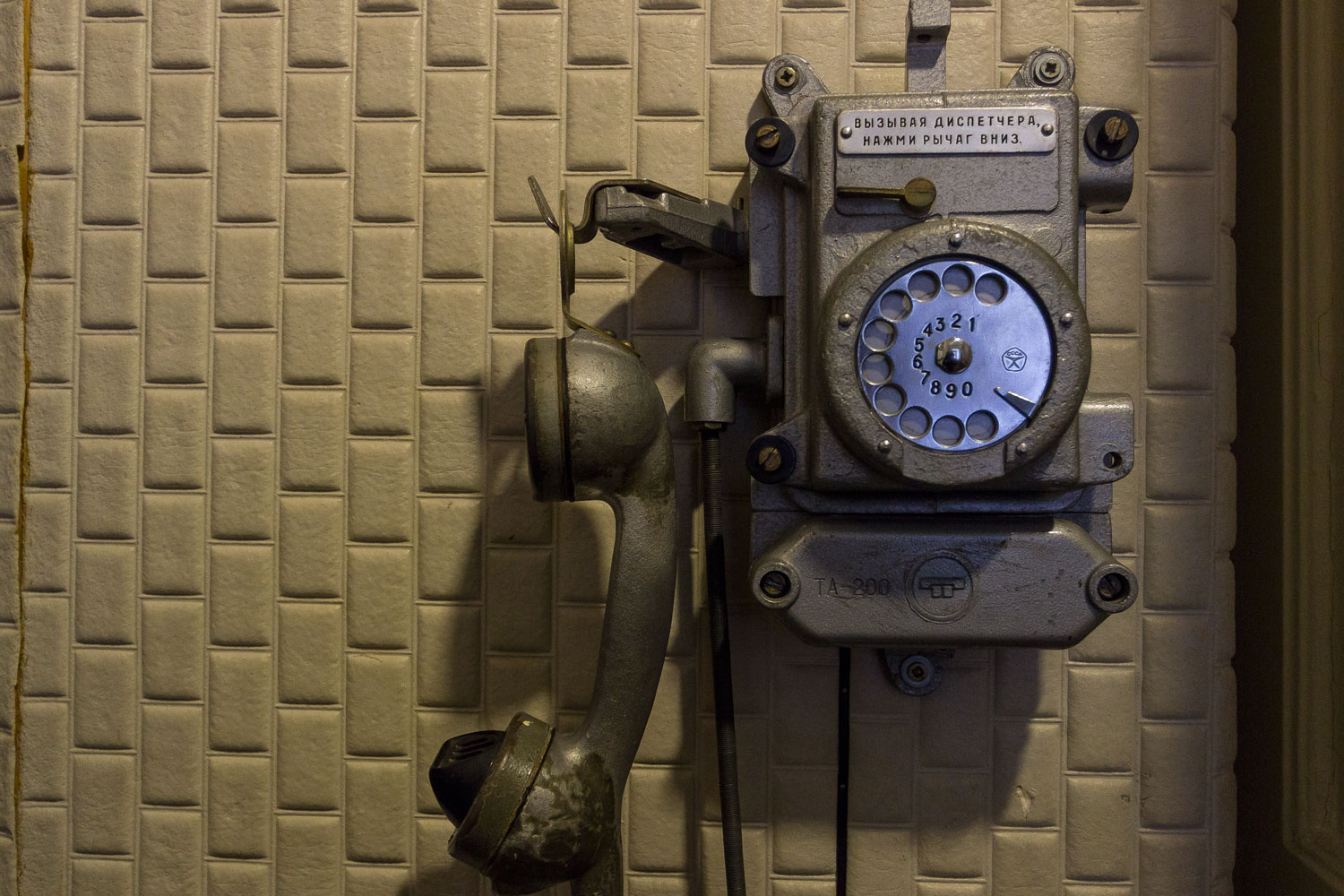Three museums of occupation
In every capital of the Baltic states, there is a museum of occupation. If we don’t start the story with the Estonian museum, the reader will die of boredom. The Museum of Occupation in Tallinn is much more interesting than the other two. There are concrete suitcases in front of the entrance. An excellent metaphor and reference to Solzhenitsyn: with such heaviness, the prisoners of Soviet labor camps carried their belongings.
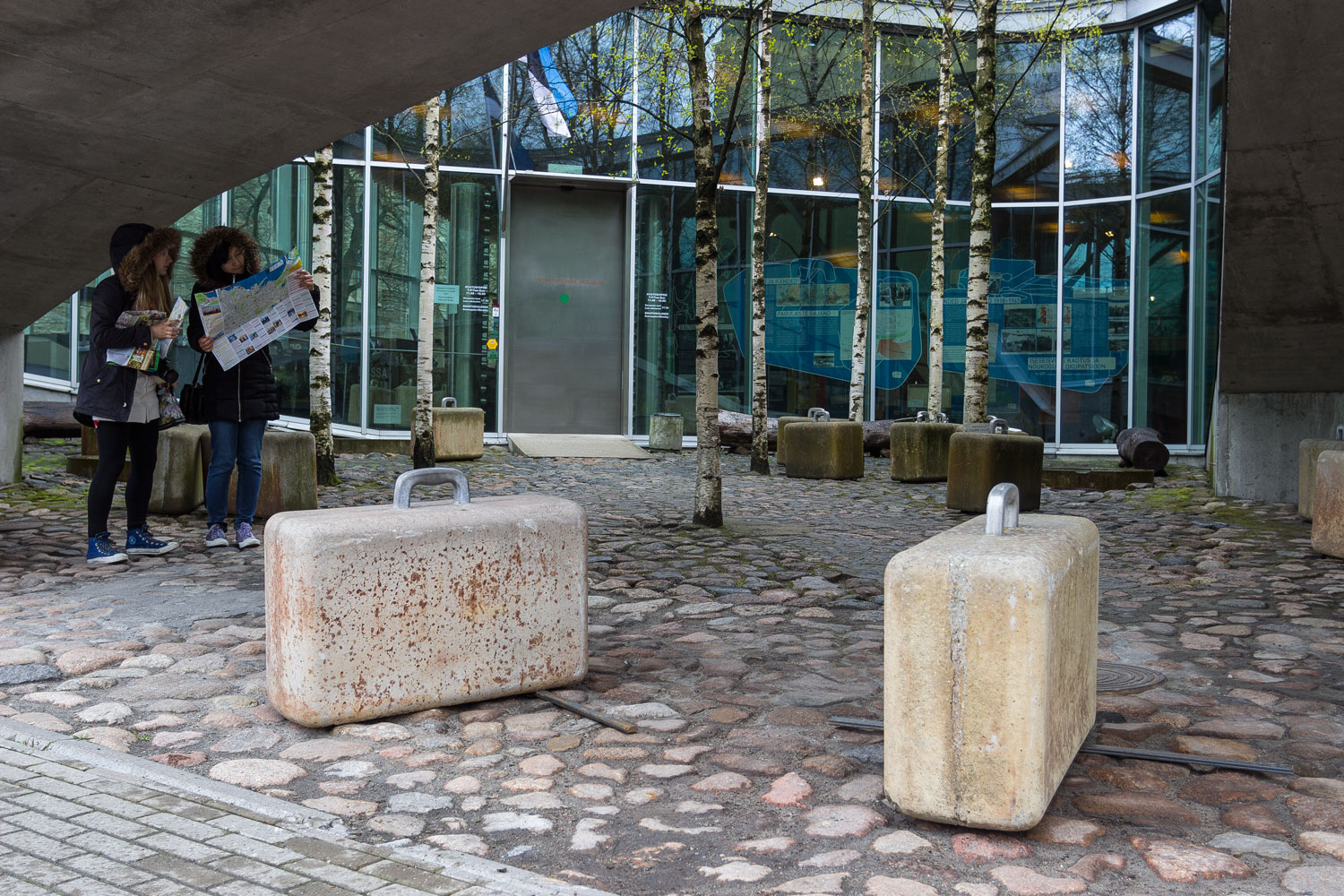
The iron door to the museum is like a barrier in a prison cell.
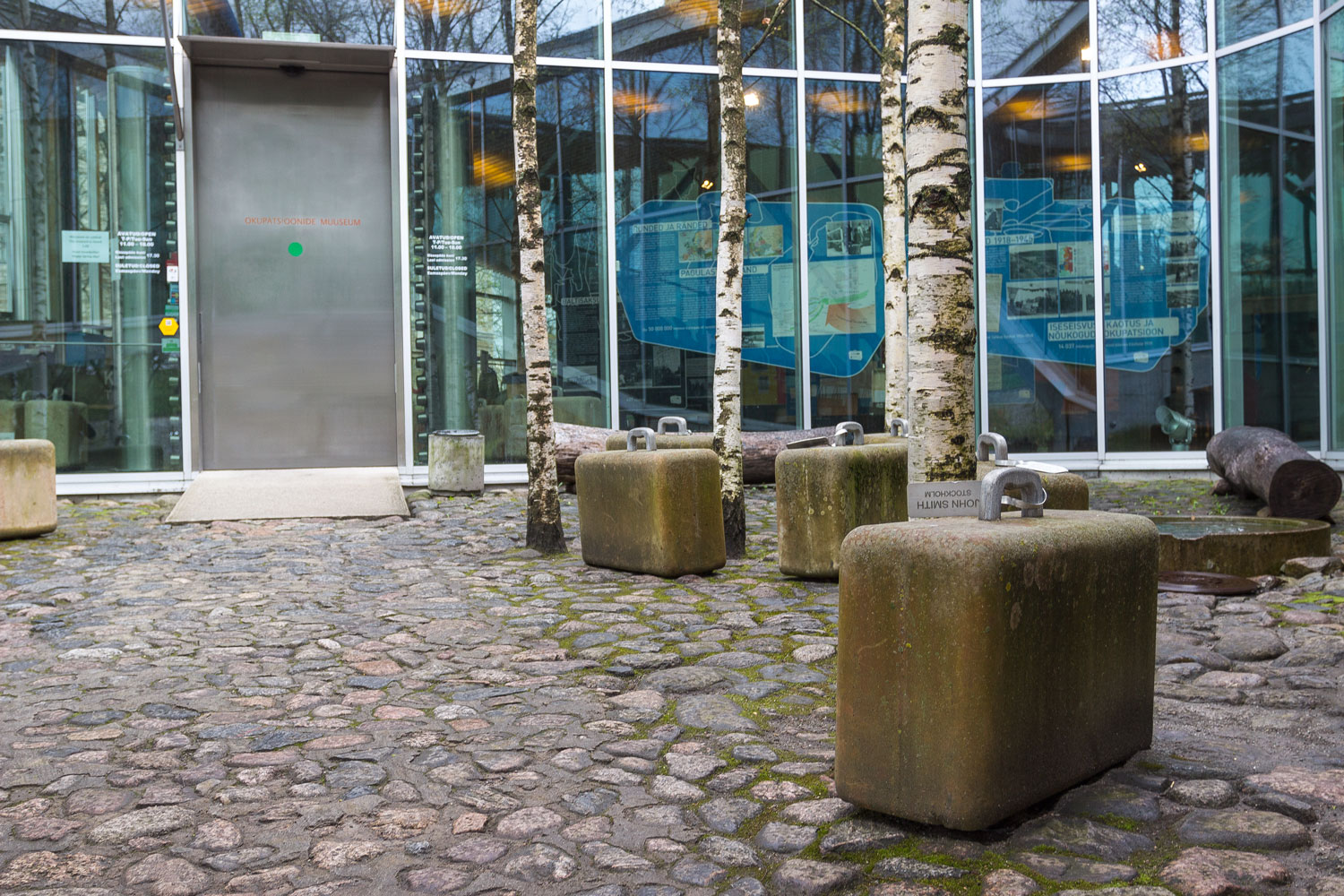
Behind the door, there are already real suitcases.

The history of occupation is best described not in Tallinn, but in Riga. In short, the European version of World War II significantly differs from the Soviet one. From our perspective, Germany attacked the Soviet Union. From the viewpoint of the countries caught between two fires, it all looked like a mere dispute between Hitler and Stalin to divide territories among themselves.

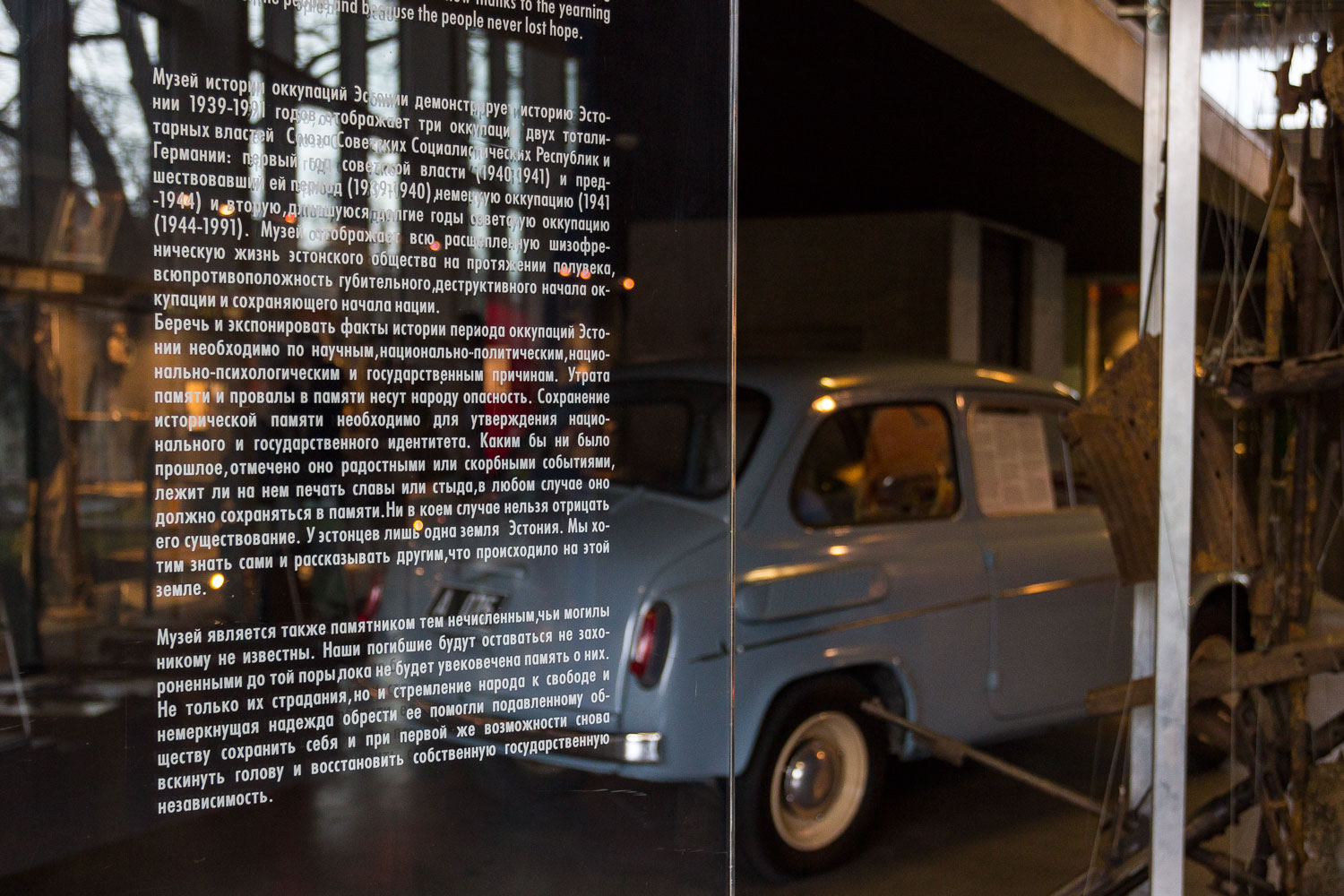
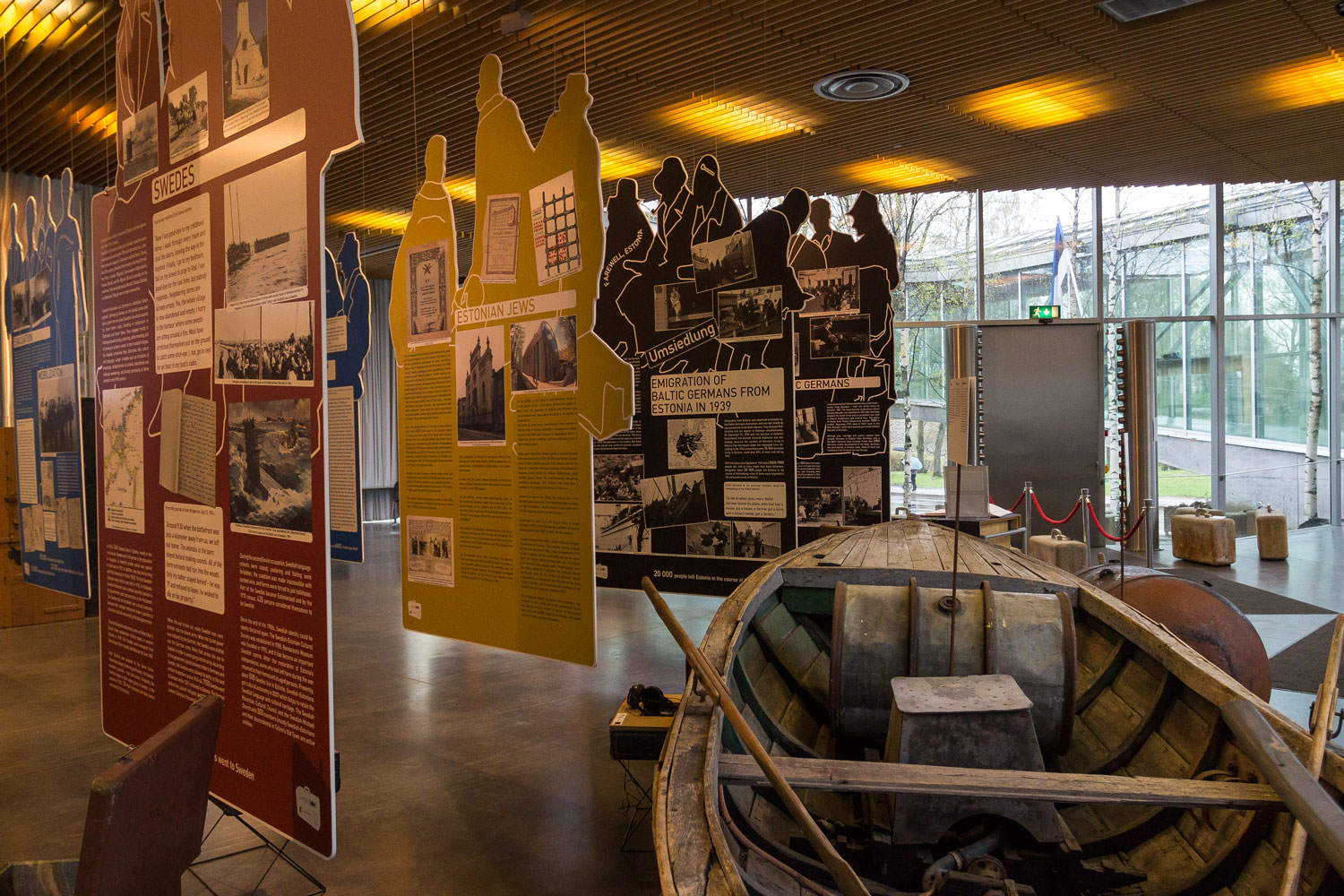
The museum in Tallinn is interesting not for its texts but for its exhibits.
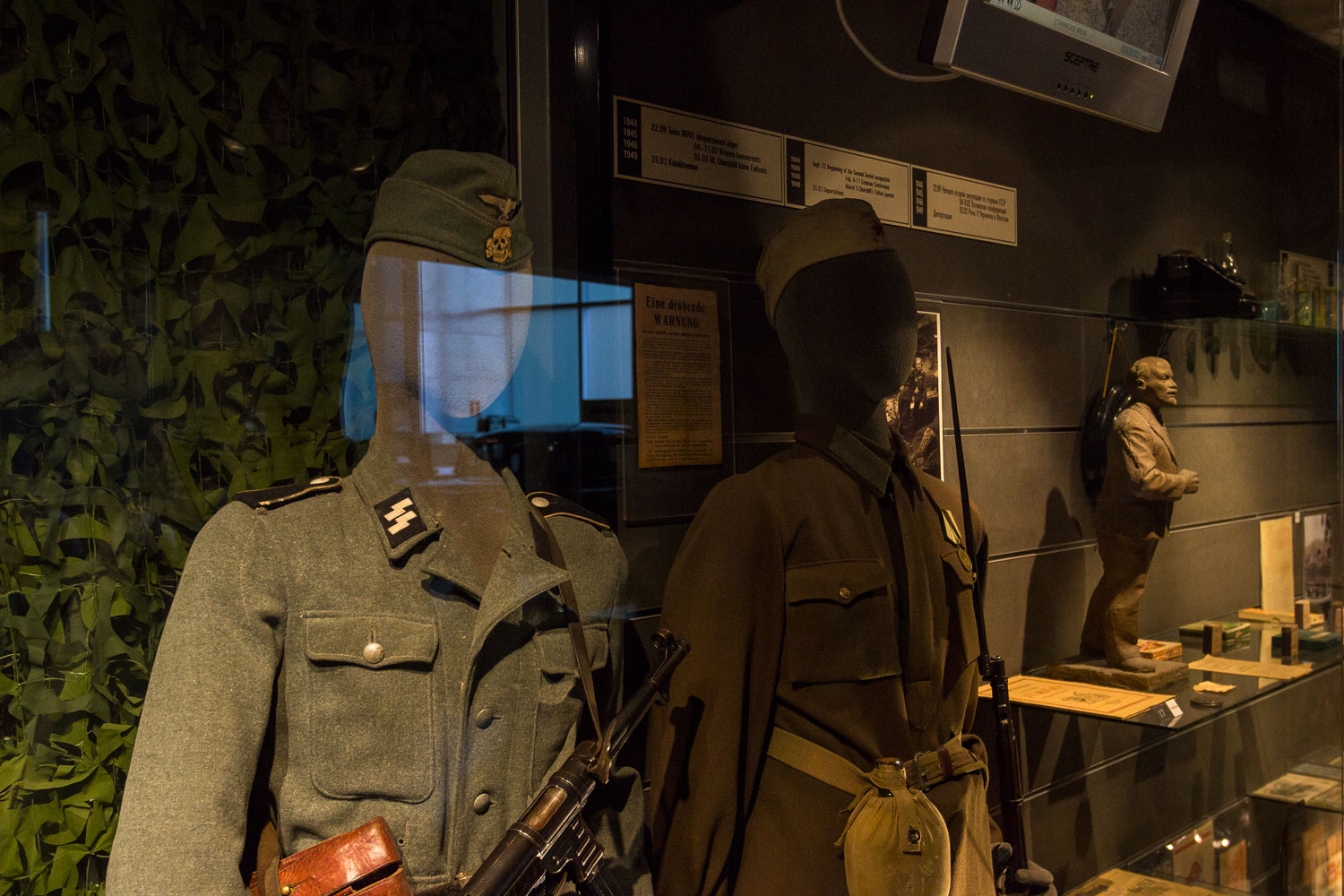
The coolest thing is the thick steel door with a one-millimeter hole. An optical device for secret surveillance. Through this tiny little hole, you can easily see a large room.


Camp doors.
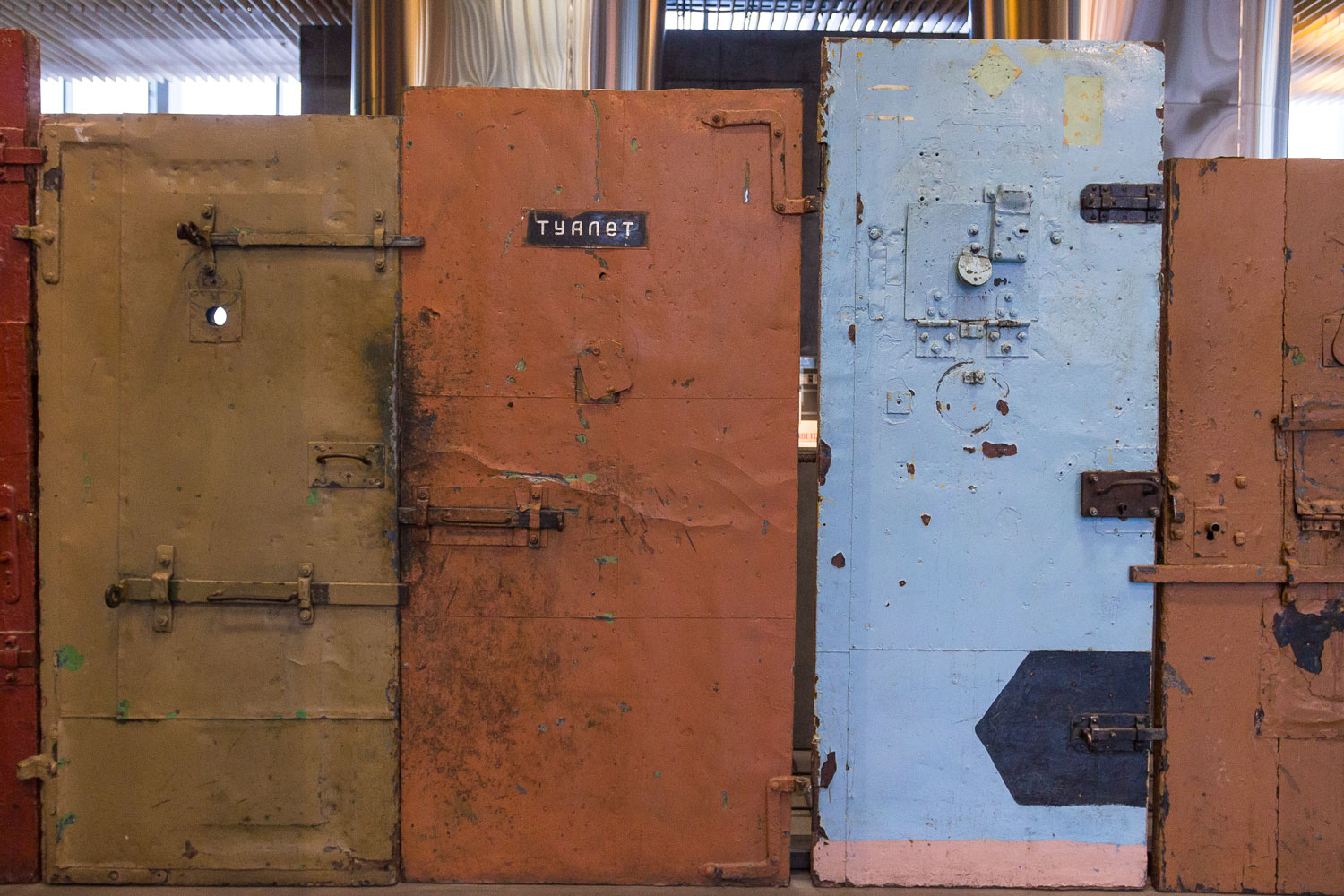
Interrogation chair.
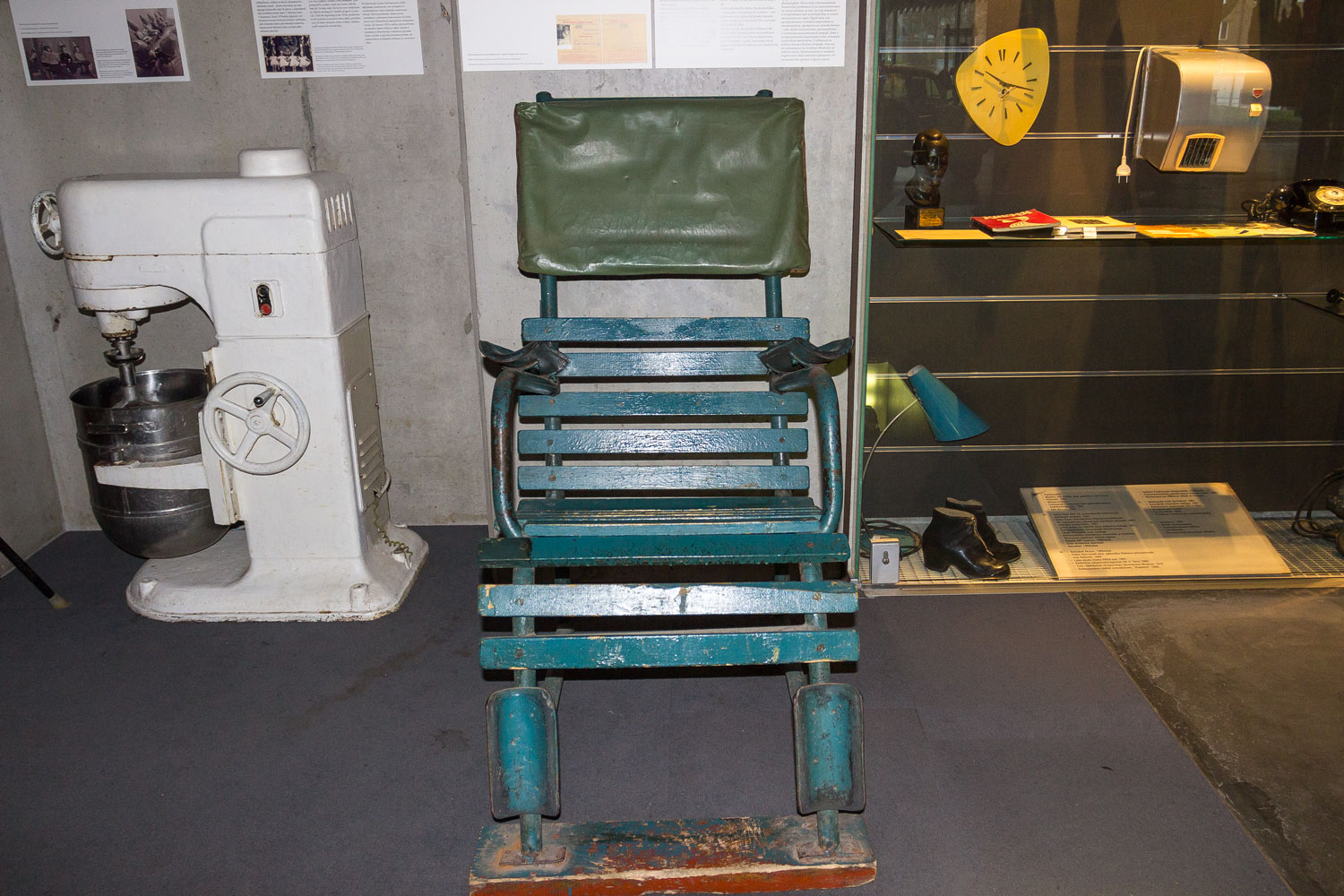
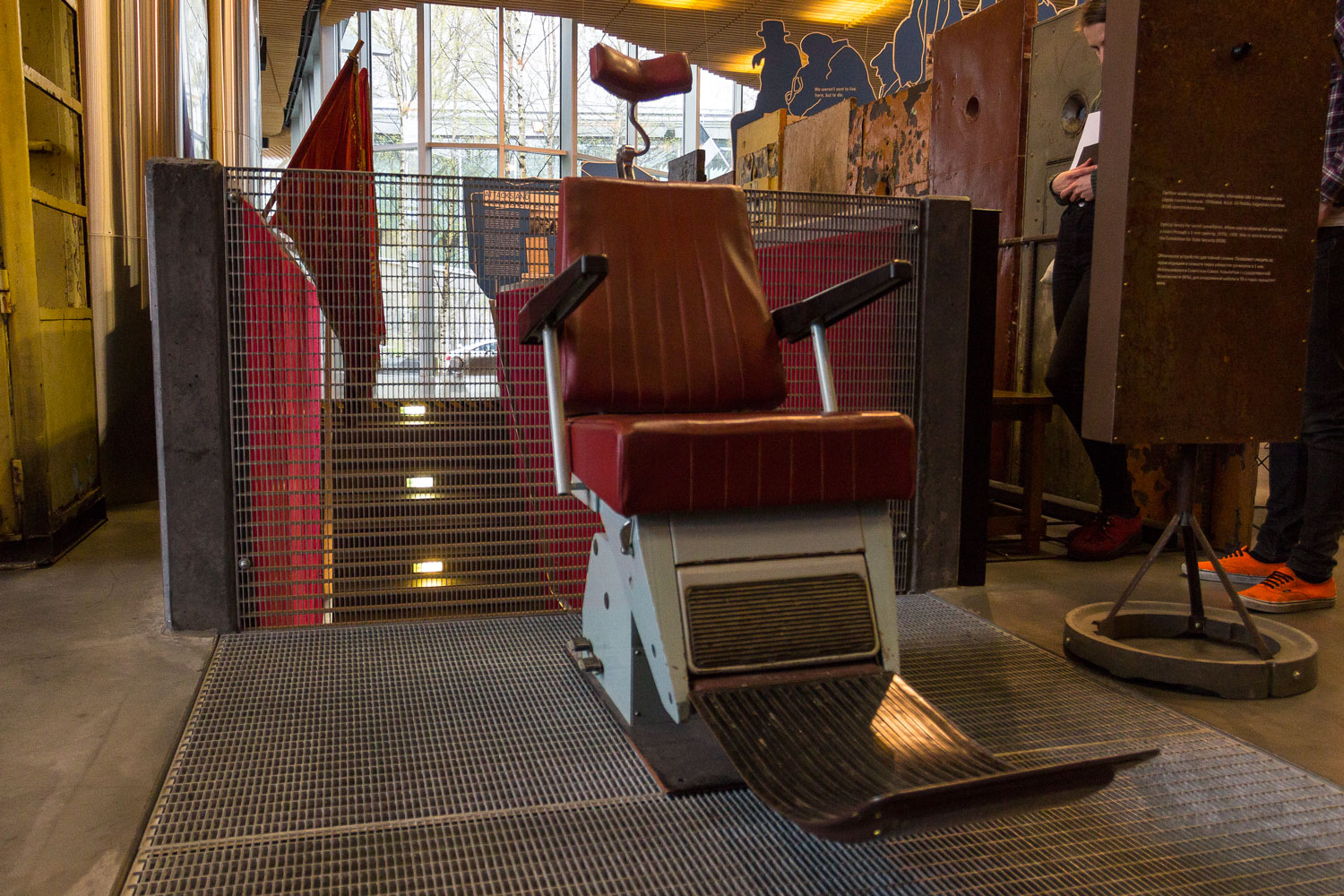
Beloved leaders.
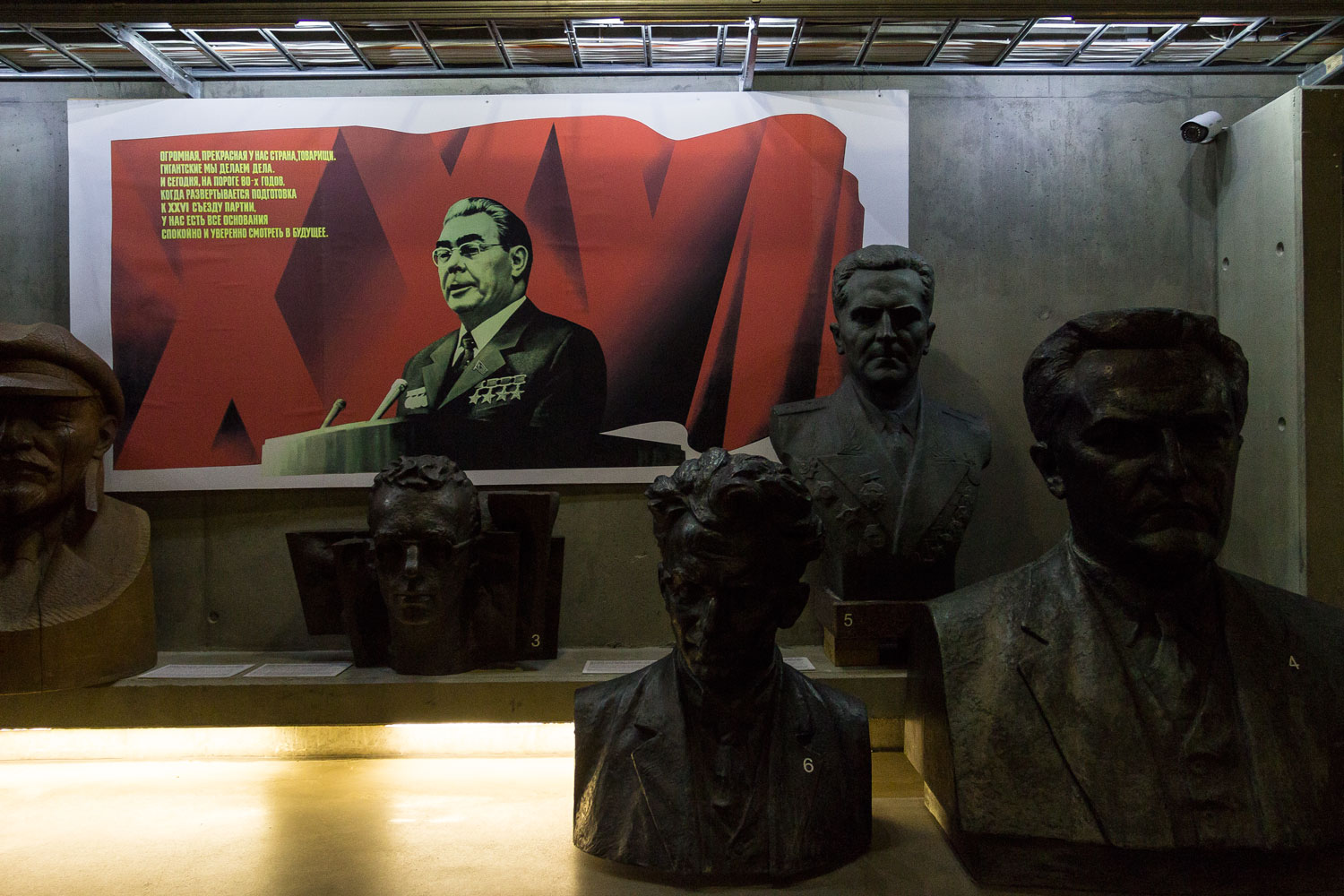
Radio receivers.
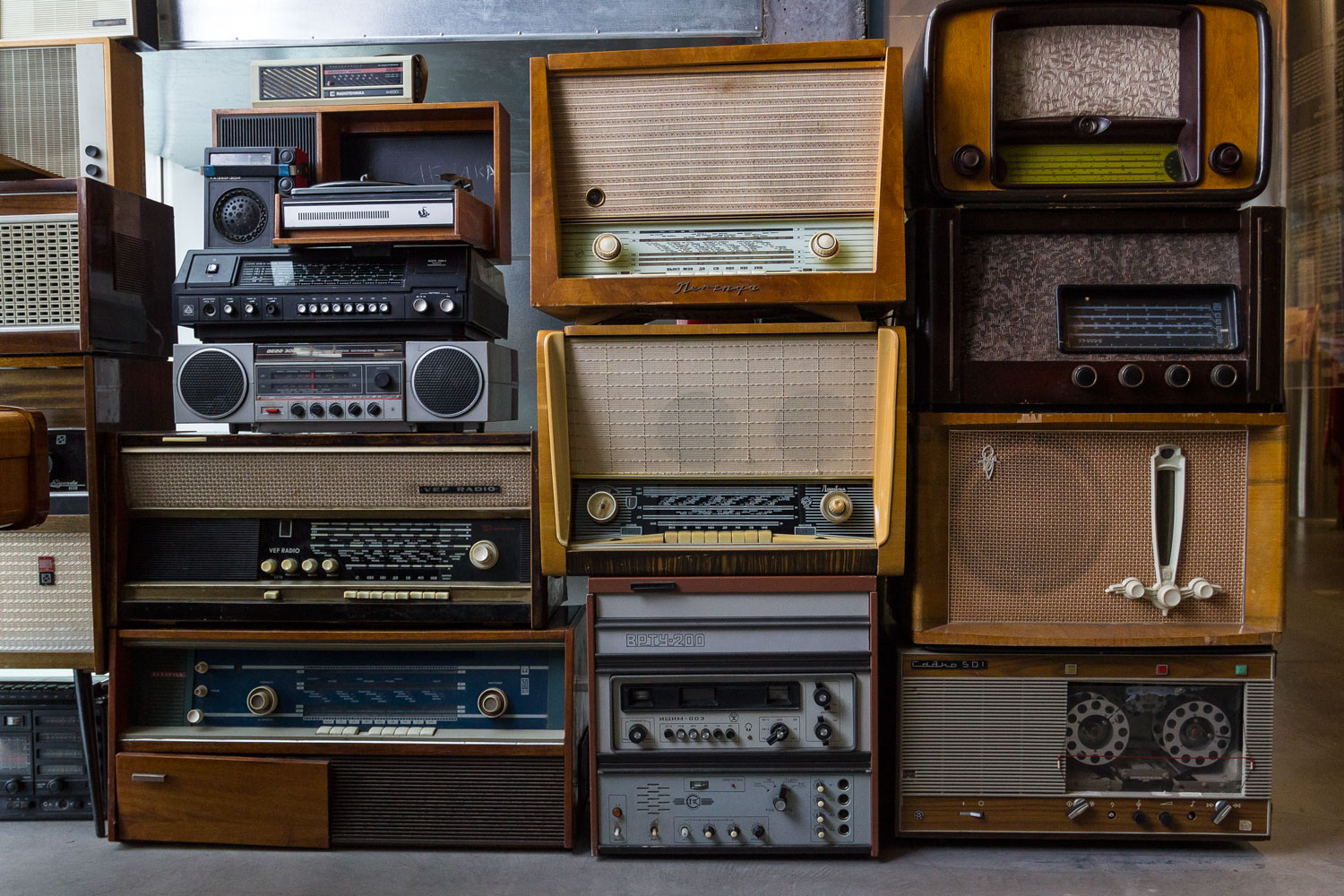
Miscellaneous items/trinkets.



The Museum of Occupation in Riga was temporarily relocated from a large separate building in the city center to a small house behind Freedom Square. In this form, the museum turned out to be the most boring of all three. Several halls, red stands with text and photographs.
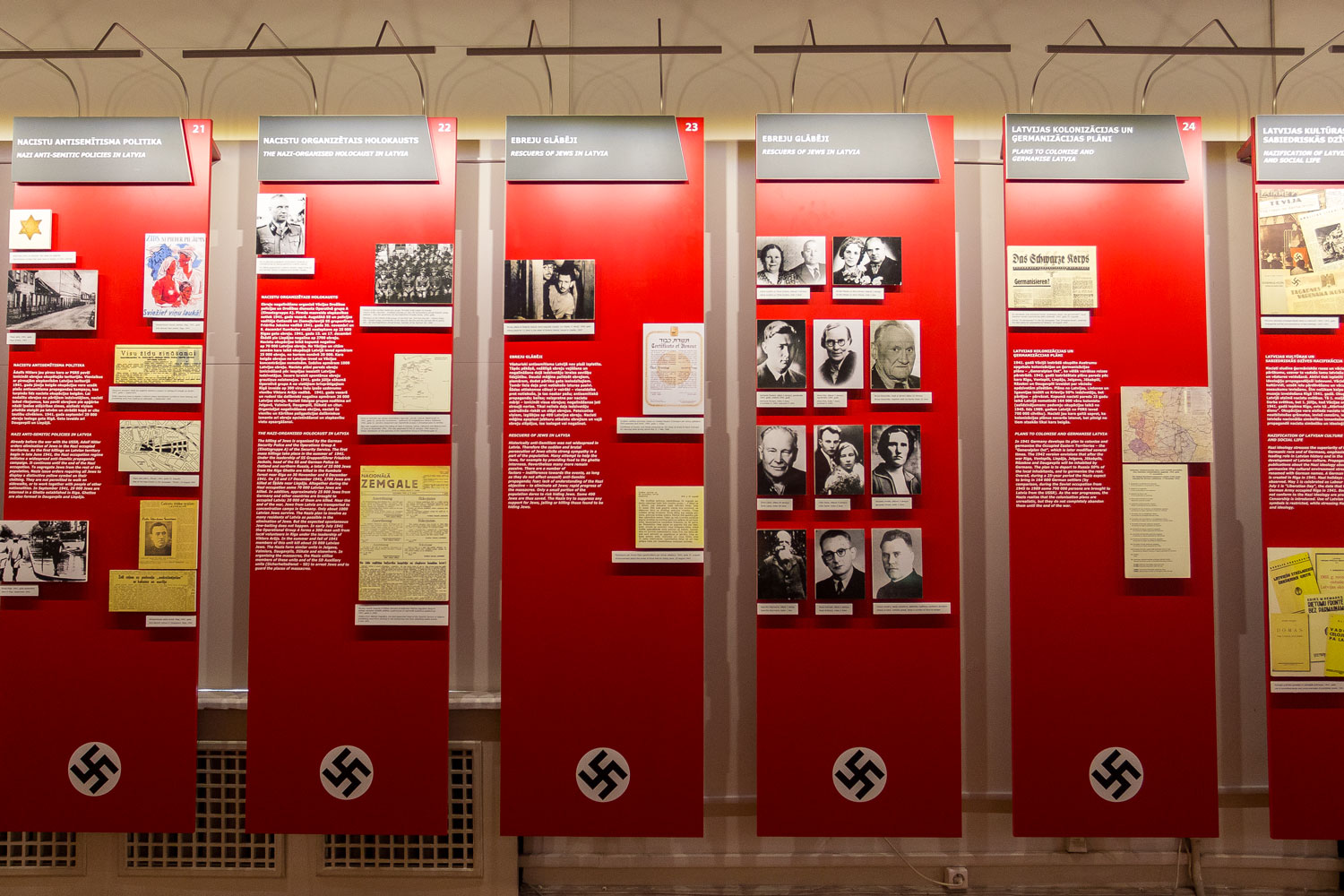
In Russia, only those who are interested in history are aware of the Soviet occupation of the Baltic states. In Latvia, however, this topic has been on the agenda for many years. They distinguish three occupations: one by Nazi Germany and two by the Soviet Union. From the Russian perspective, the USSR was fighting against the invading Third Reich. From the viewpoint of Europe, especially Poland, Lithuania, Latvia, and Estonia, Stalin and Hitler were simply dividing the territory together until 1941, and these four countries were primarily affected. That is why in the Museum of Occupation, Soviet flags and swastikas hang in neighboring halls and only slightly differ in shades of red.

The first Soviet occupation took place in 1940. The process was as peaceful as the annexation of Austria and Czechoslovakia by Hitler: resistance from the USSR would have been futile in any case. Elections were held in Latvia, where the Communist Party received 97.8% of the votes. Approving demonstrations took place in Riga. The Soviet version claims that Latvia even voluntarily sought to be part of the USSR.
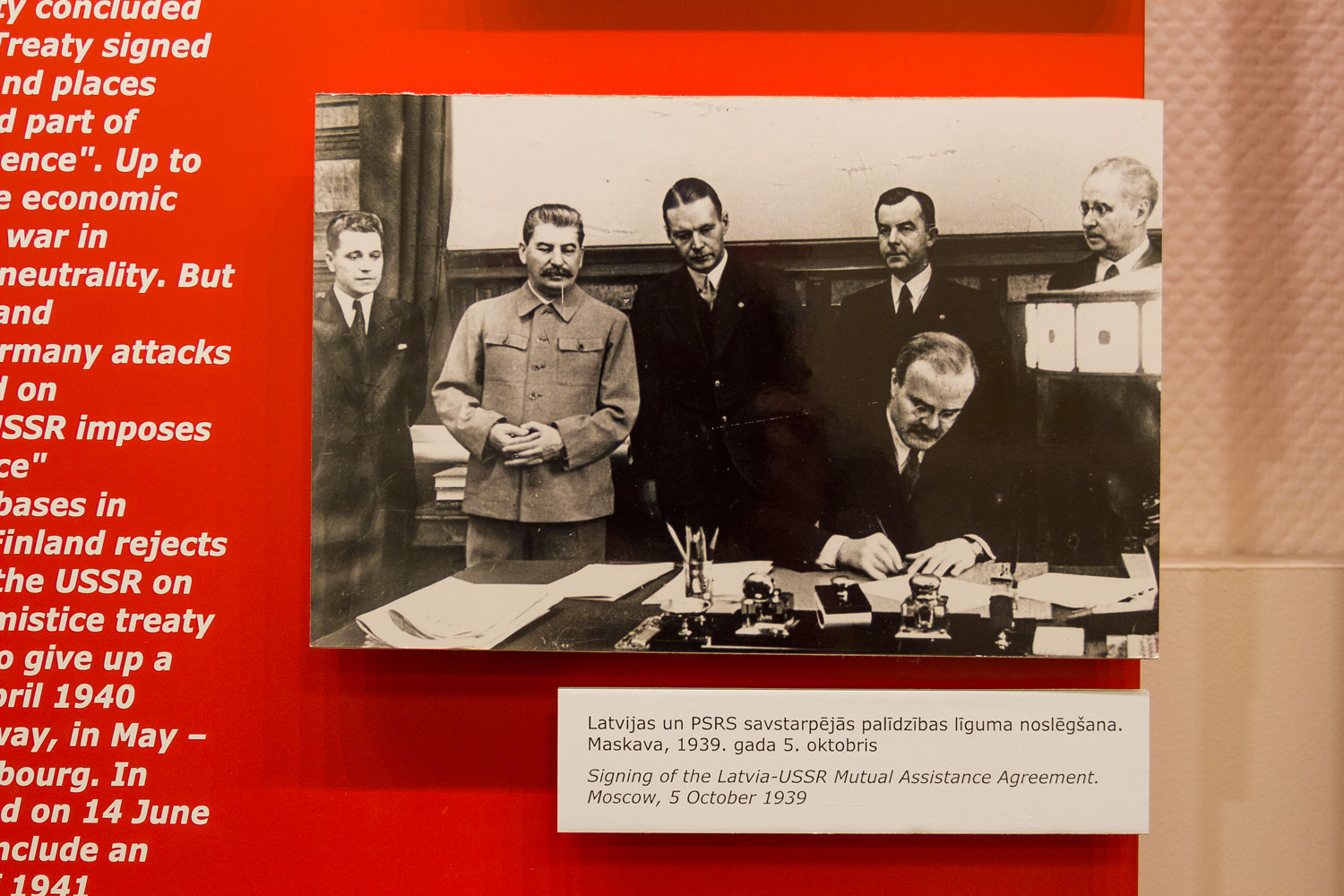
The first Soviet occupation is considered relatively bloodless. This is primarily because it lasted less than a year. A significant wave of repressions occurred in the short period between Hitler’s attack on the USSR and the start of the Nazi occupation.
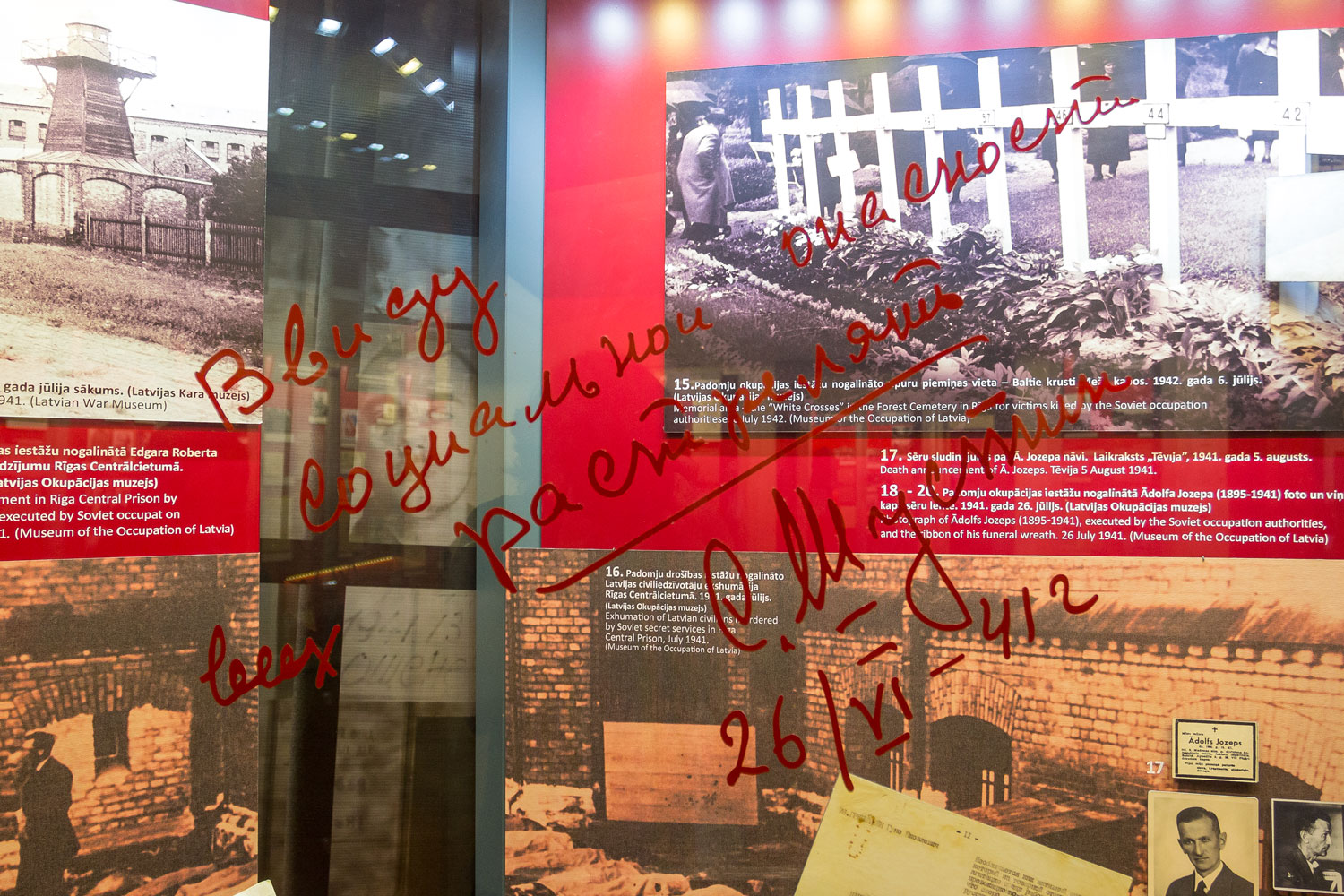
German troops occupied Riga on July 1, 1941. Initially, the residents of Latvia welcomed them as liberators from Soviet forces. However, disappointment set in quickly: it turned out to be nothing more than a new occupation.
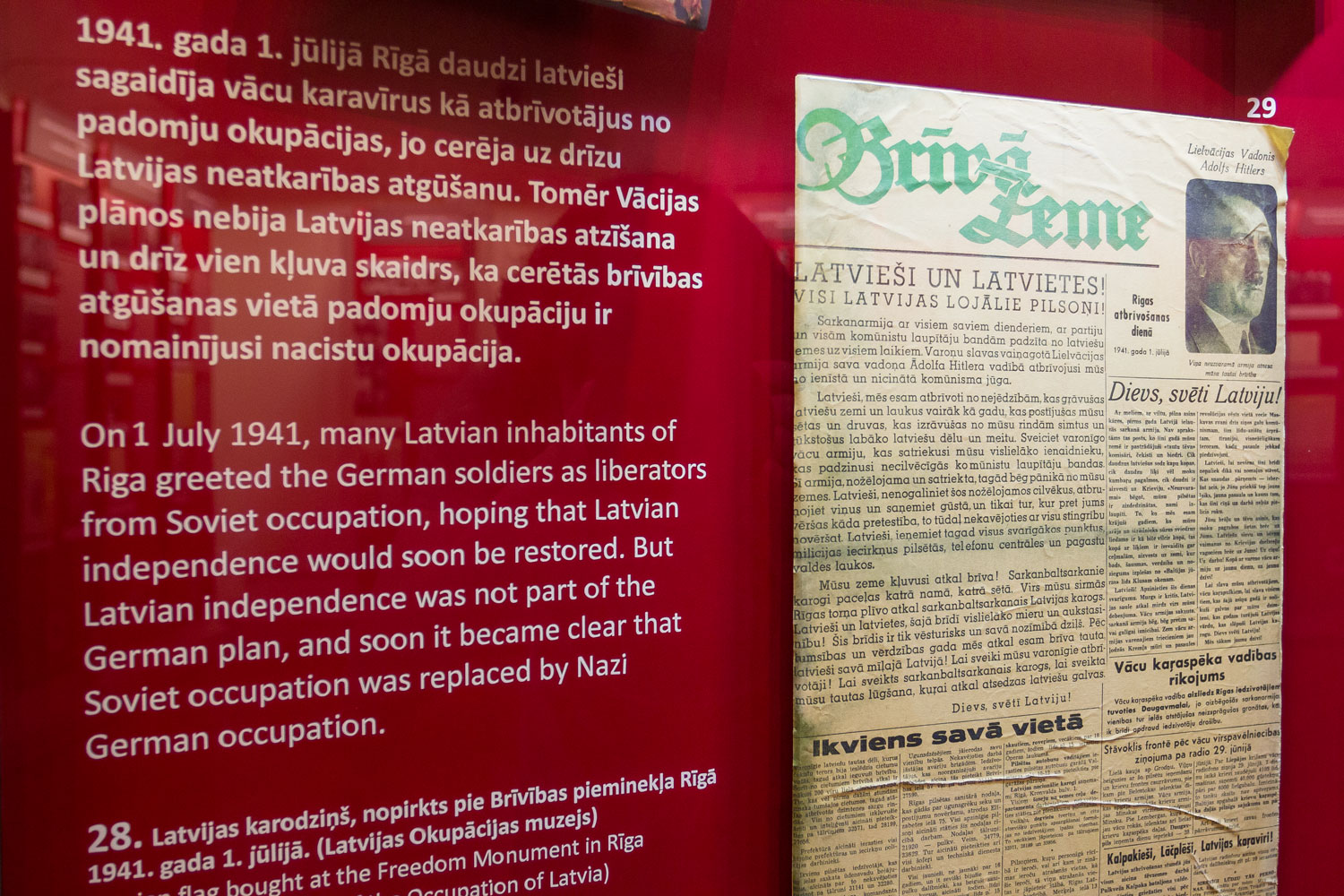
The fascists established numerous prisons and camps in the cities of Riga, Salaspils, Daugavpils, Rezekne, Jelgava, Ventspils, and others. The Nazi terror was ruthless and affected everyone: captured Red Army soldiers, Jews and the locals who had sheltered them, Roma people, and mentally ill individuals. During the war, 10,000 communists were killed.
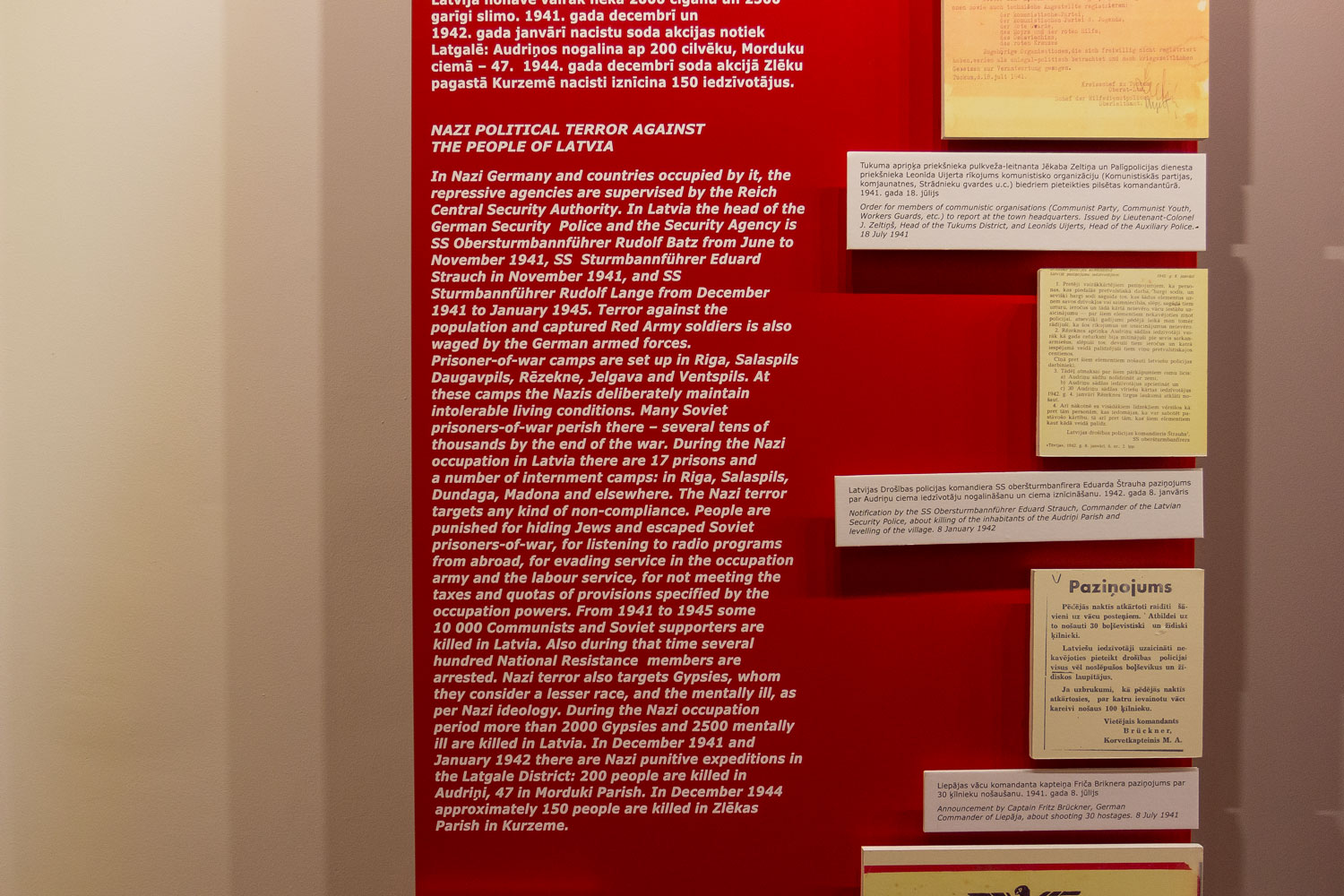
Of course, the Jews suffered greatly. In 1941, 29,000 Jews were placed in a ghetto established in Riga. Jews were required to wear distinctive yellow signs on their clothing.
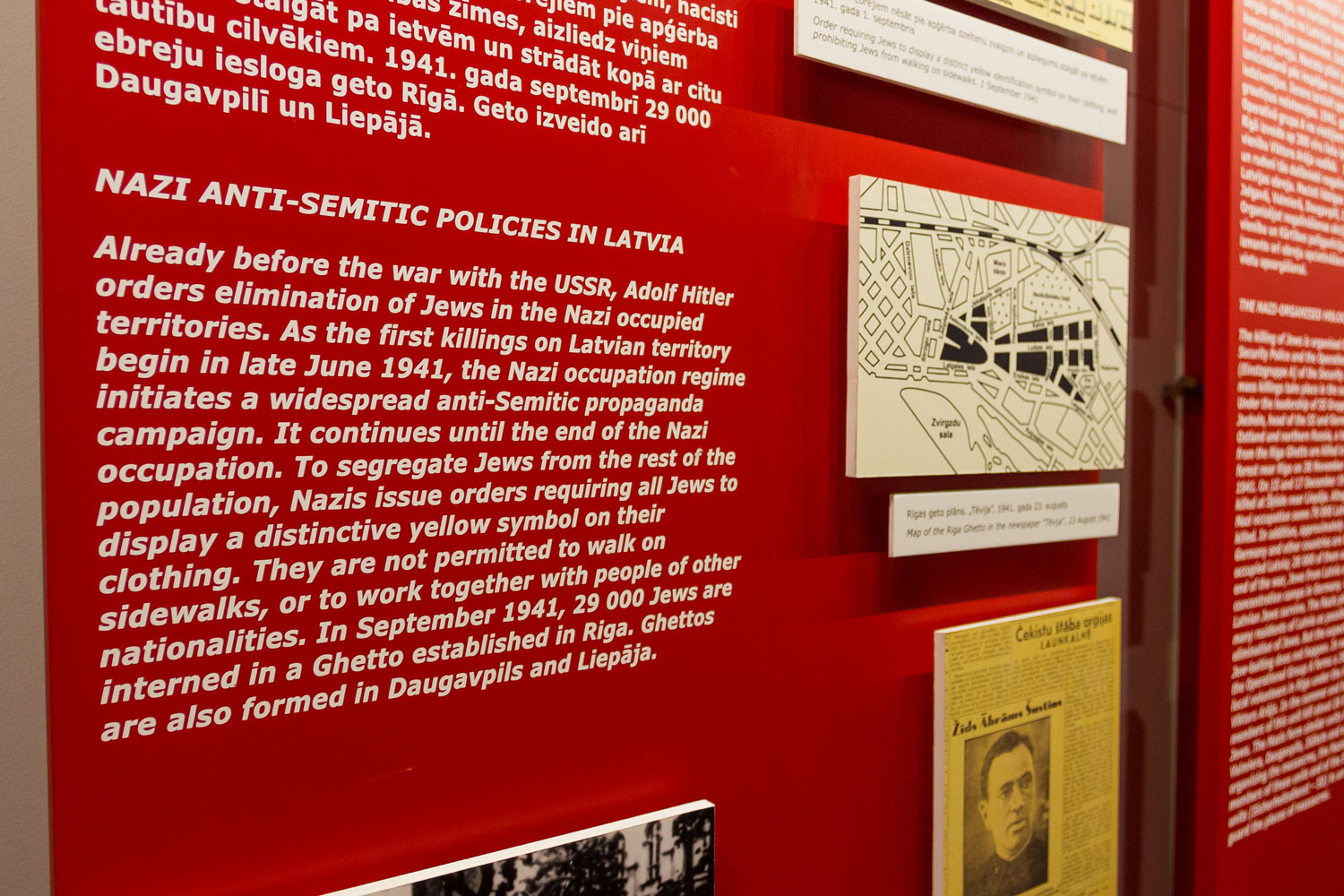
In the same year, 25,000 Jews — nearly all prisoners — were shot in the forest near Riga. In total, over 90,000 Jews were killed during the Nazi occupation. Only a thousand Latvian Jews survived the occupation.
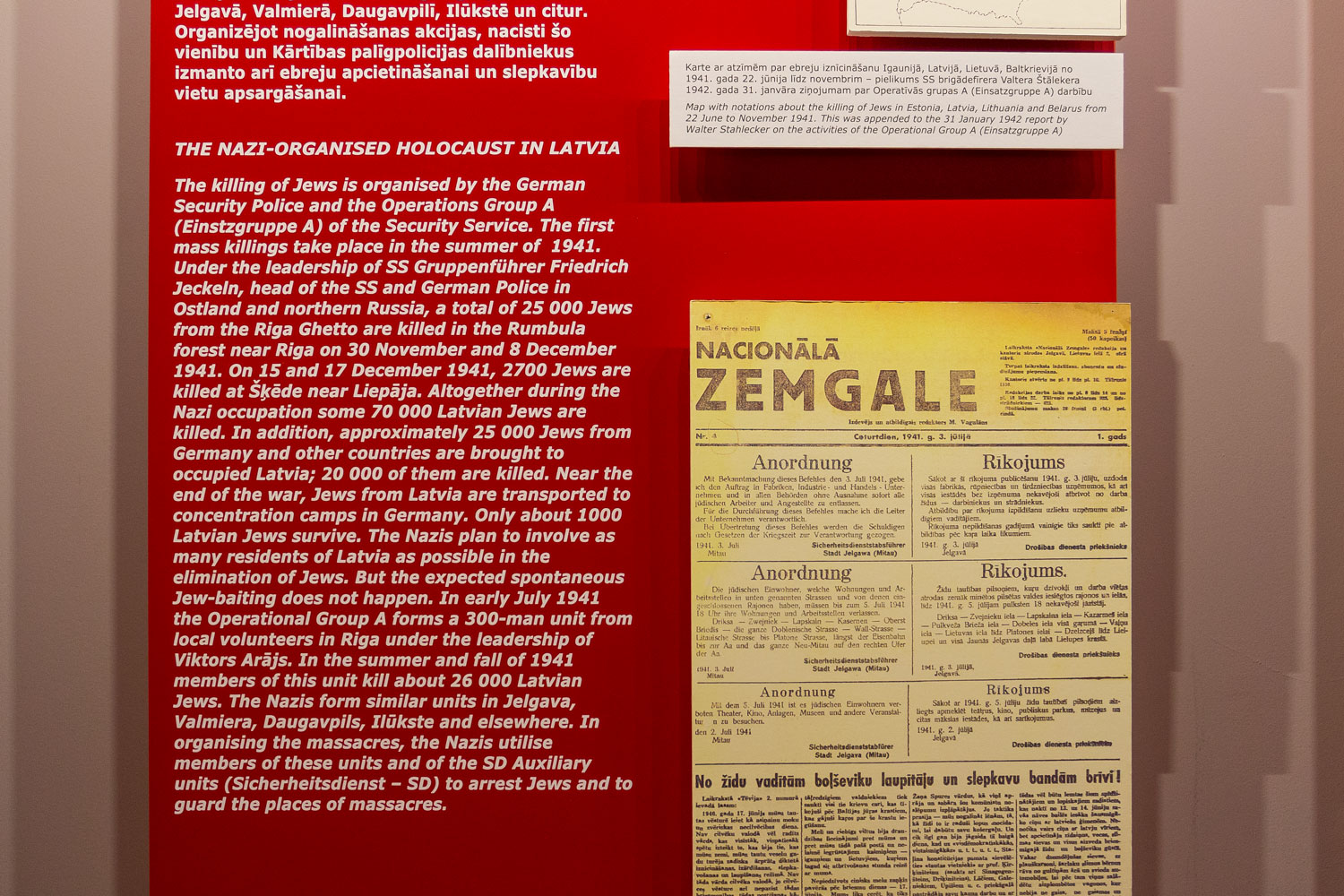
Agitational anti-Semitic poster.
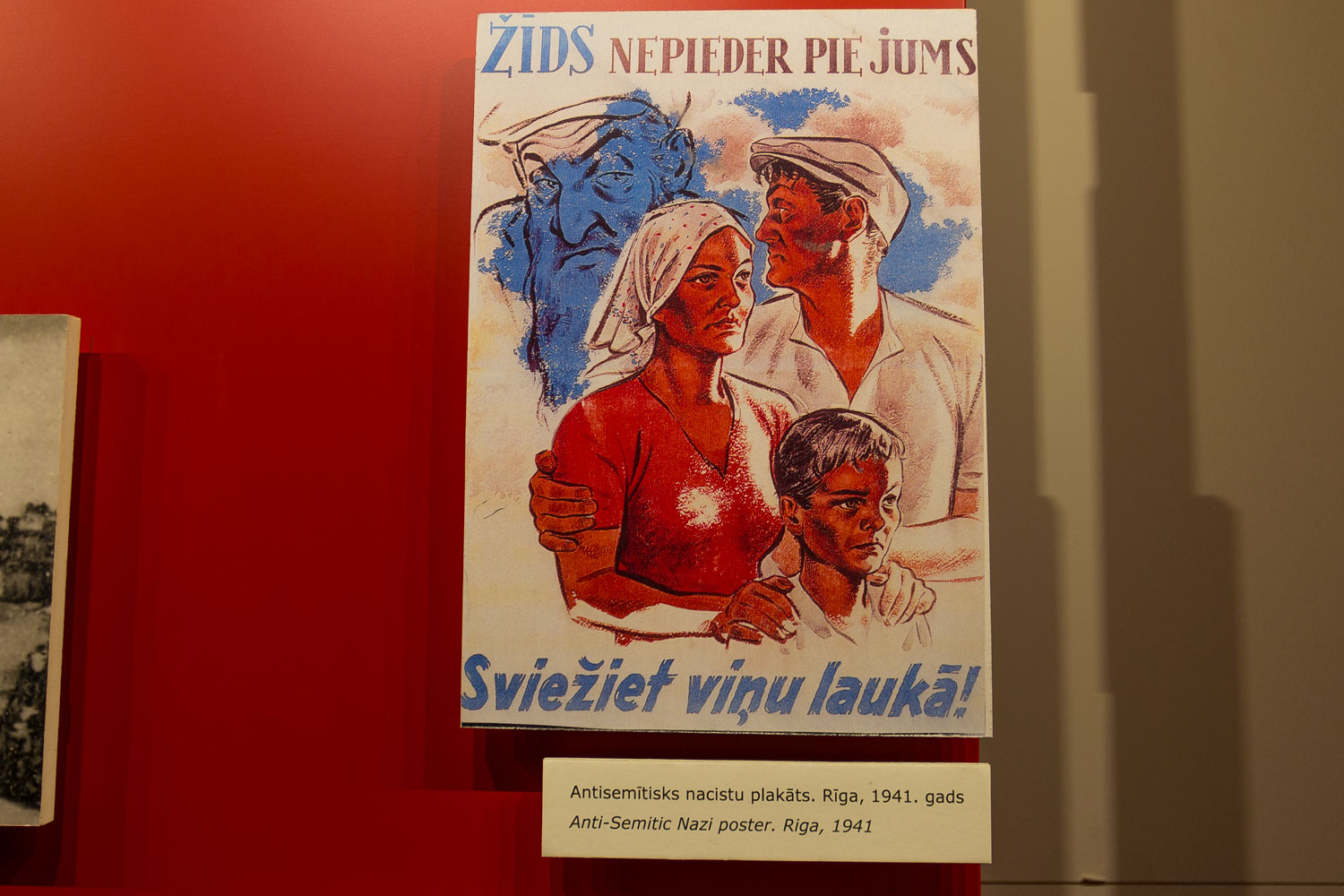
A memorial plaque with photographs of Latvians who sheltered Jewish families: from 3 to 54 people.
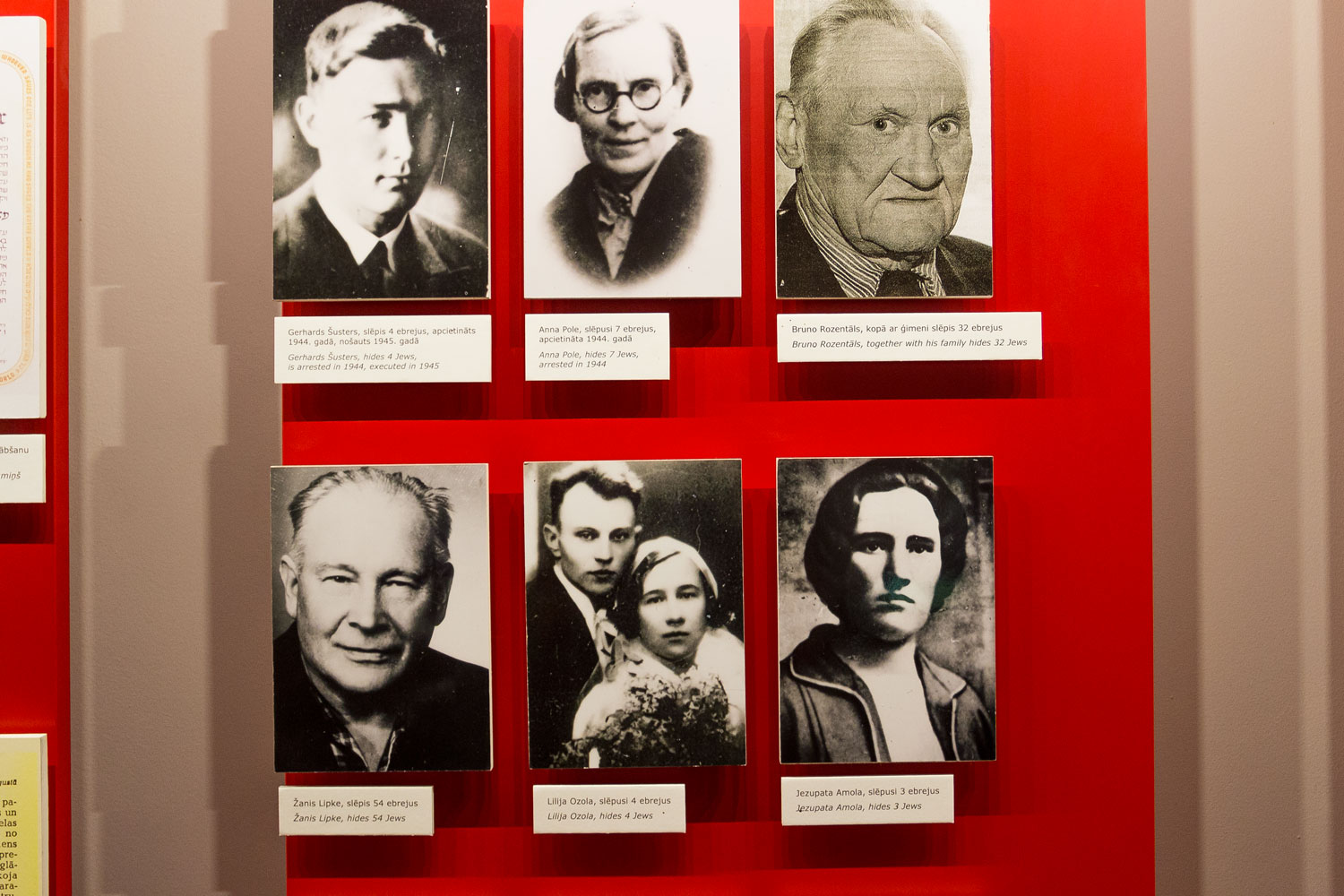
Israeli certificate of valor.

After the victory of the Red Army, the second Soviet occupation began. In the summer of 1944, the USSR, having liberated Latvia from the Nazis, once again occupied the country. This time not for a year, but for 46 years — until its own collapse. This is how post-war history is interpreted in Latvia: another change of occupiers took place, rather than liberation.
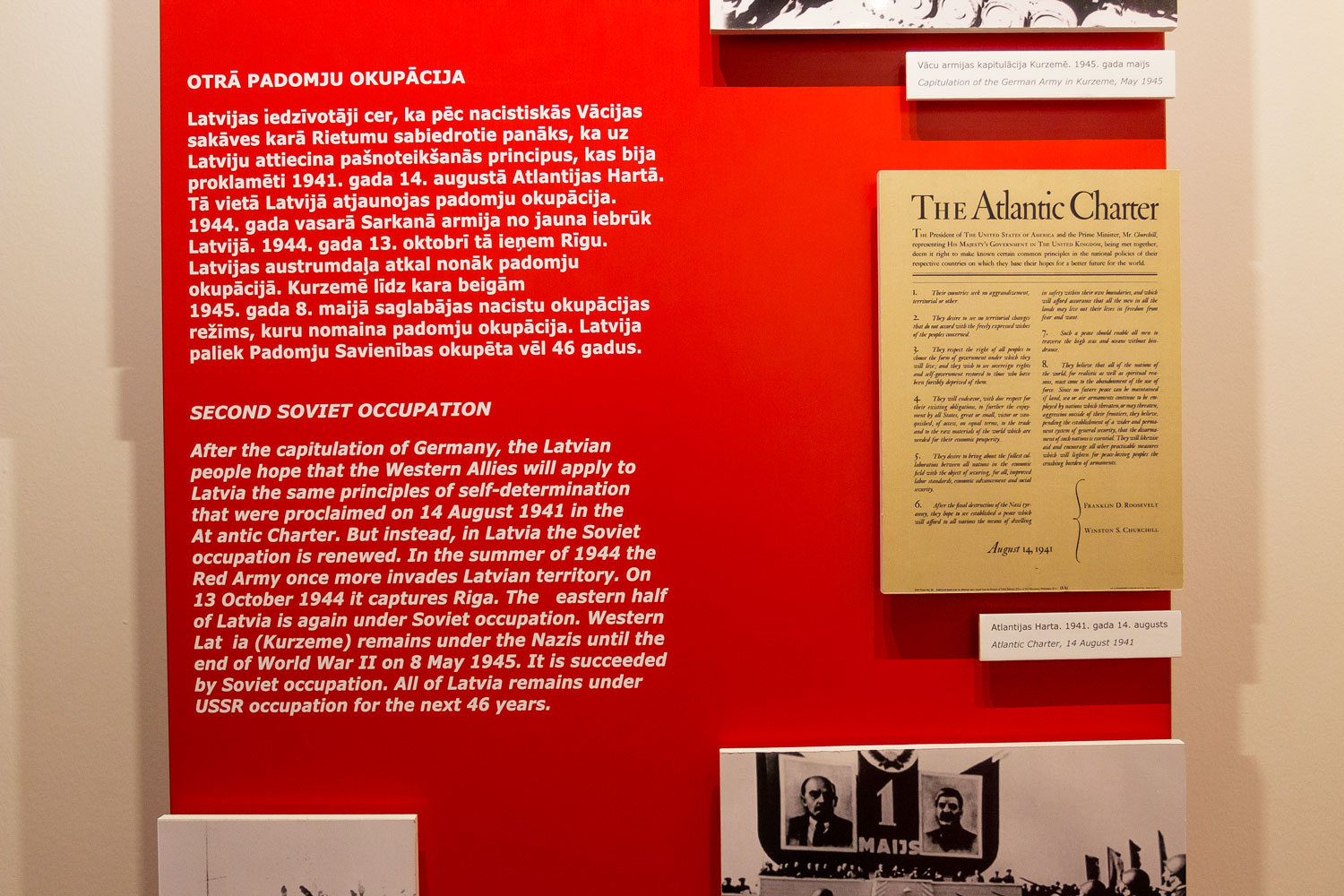
Soviet terror was particularly severe in the post-war years up until Stalin’s death.

In March 1949, over 42,000 people were arrested and deported from Latvia under the pretext of suppressing partisan groups and resisting collectivization. After Stalin’s death, 38,000 people were returned to the country, but their rights remained restricted for a long time.
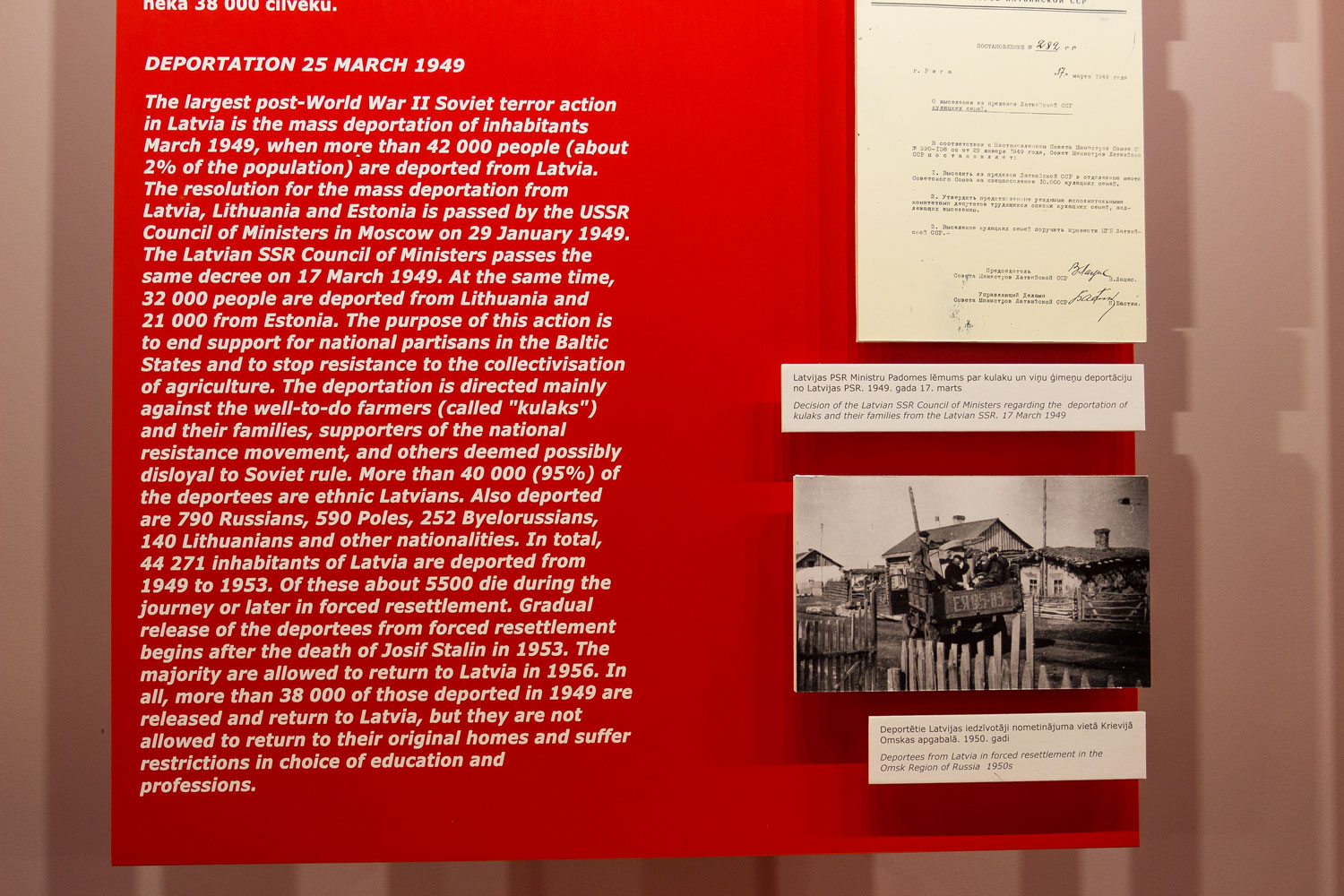
The Soviet authorities introduced communist ideology, censorship, control over education and the press, and destroyed entrepreneurs. At the same time, they built huge enterprises in Ogre, Daugavpils, Valmiera, and Riga — this is not denied in Latvia. They only emphasize that all the production was exported to other republics of the USSR. Production was carried out for military purposes, not for the people. Queues formed in stores. The black market and corruption flourished.
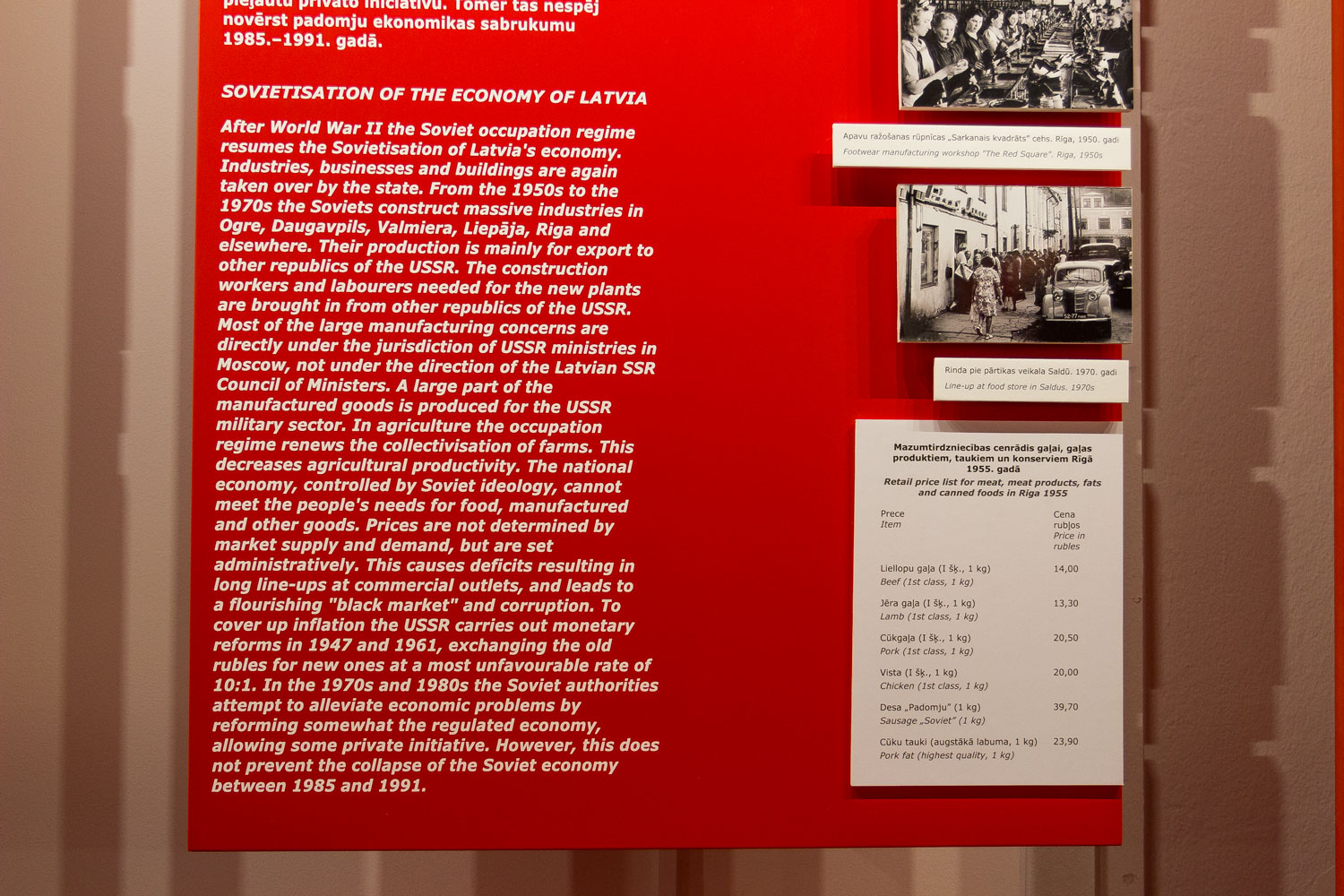
The museum speaks positively about perestroika. Regarding the collapse of the Soviet Union, it is said that Gorbachev’s reforms did not save the country.
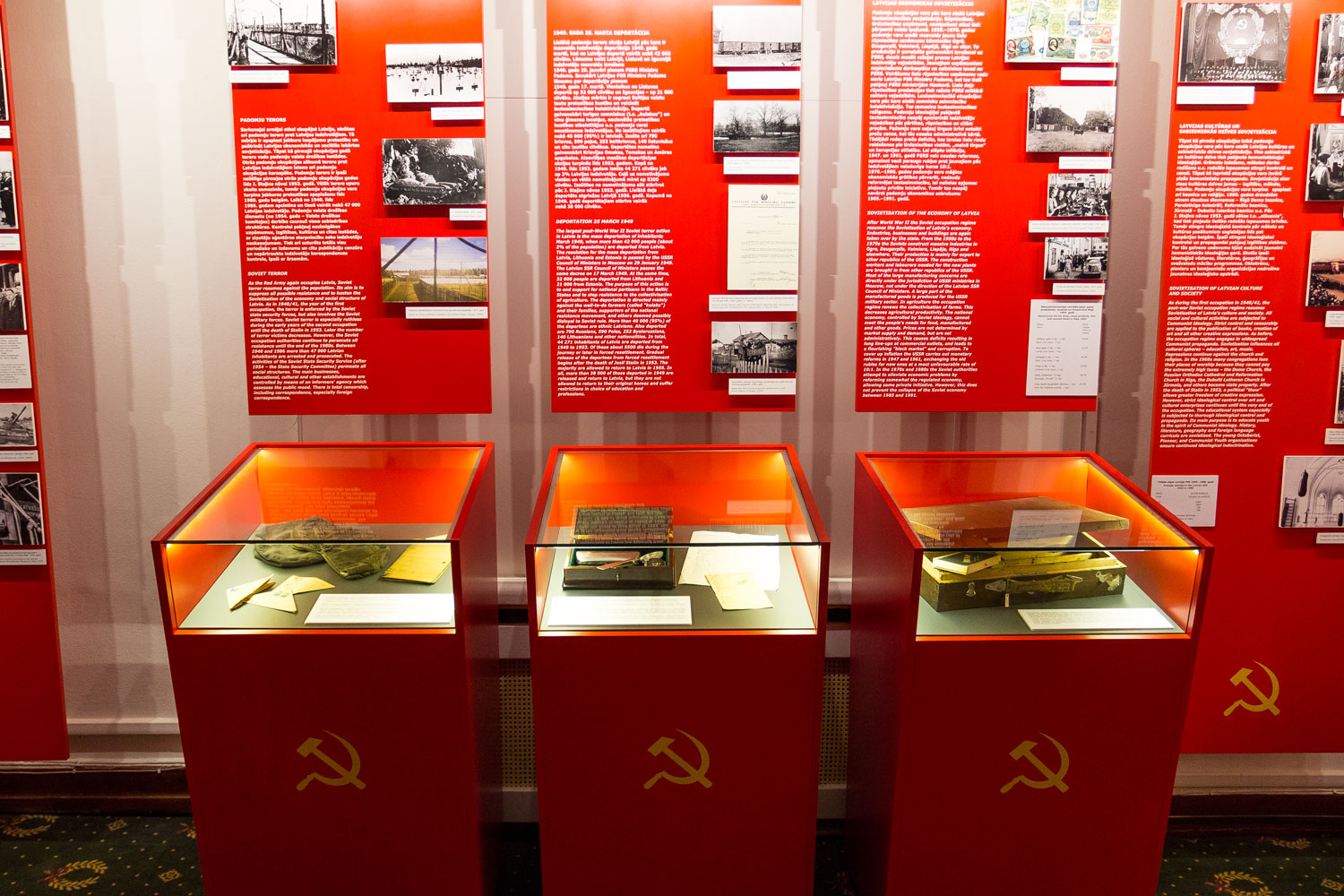
The Museum of Occupation in Vilnius is called the “Museum of Genocide Victims.” And this is quite strange: some Lithuanians believe that there was a separate genocide against them. Undoubtedly, many citizens of Lithuania were subject to repression based on fabricated and political motives, which is deeply regrettable. But was it genocide? Probably not. After all, Soviet repressions were devoid of racial prejudices.
The Vilnius museum is the only one among the three that charges a separate fee for photography. One would think: shouldn’t the museum organizers themselves be interested in visitors taking photographs of the Lithuanian “genocide” and sharing them in blogs?
Well, on the bright side, the museum is the largest one: it occupies two floors, a basement, and a backyard. It is located in the former headquarters of the KGB.
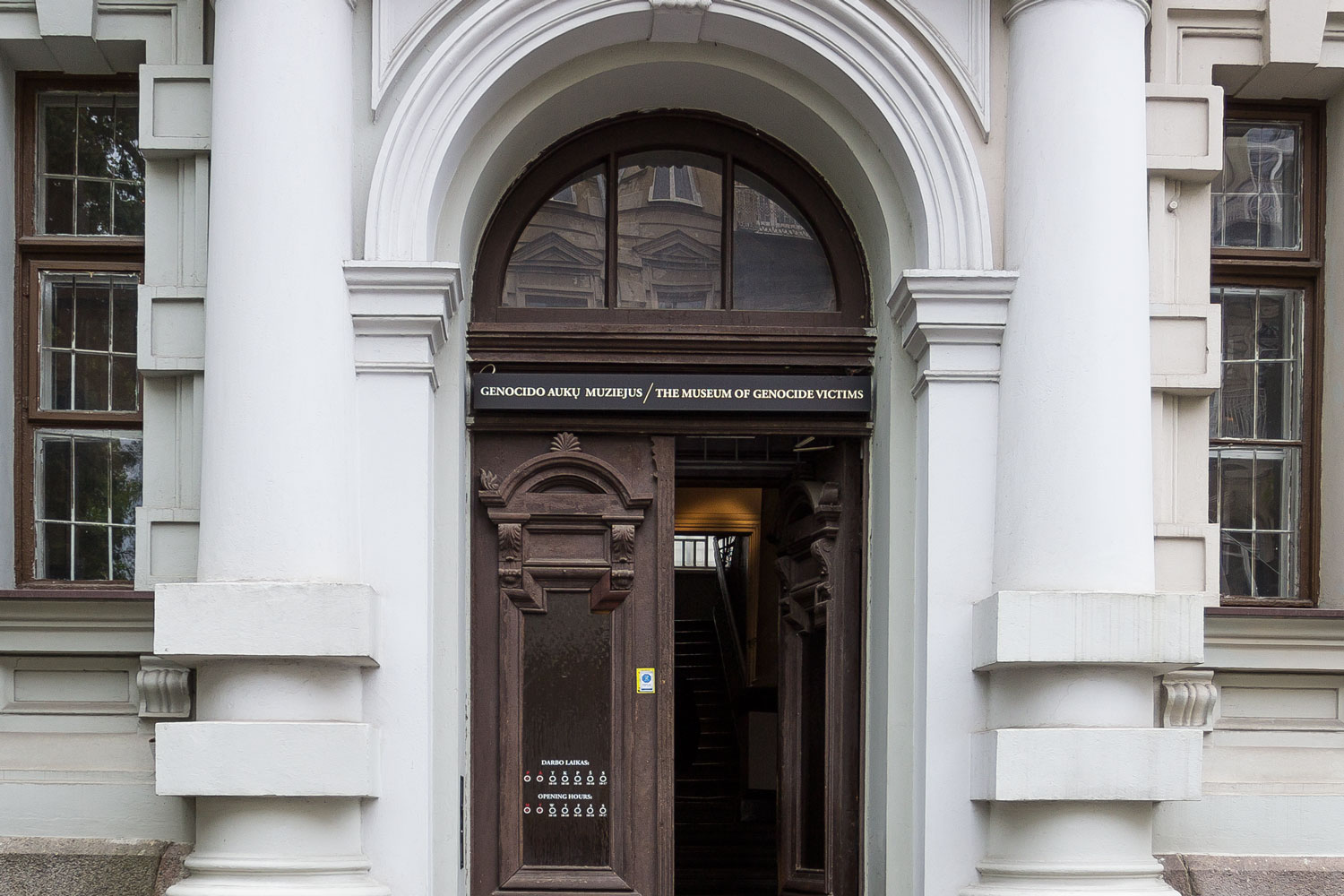
The museum is divided into halls by periods of occupation.

The history is exactly the same as in Riga, only more detailed. And once again, no Russian language. The target audience is not the same.
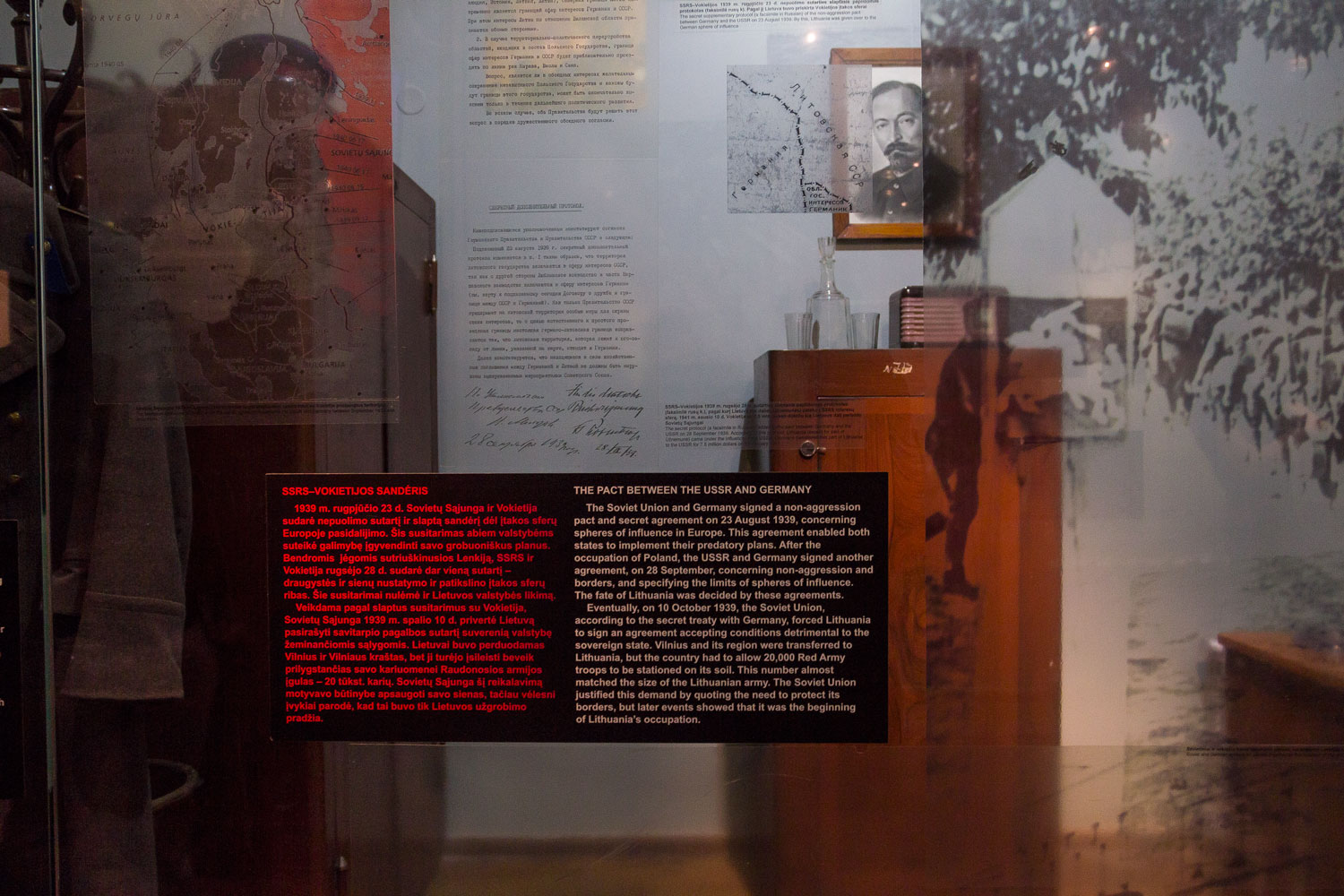
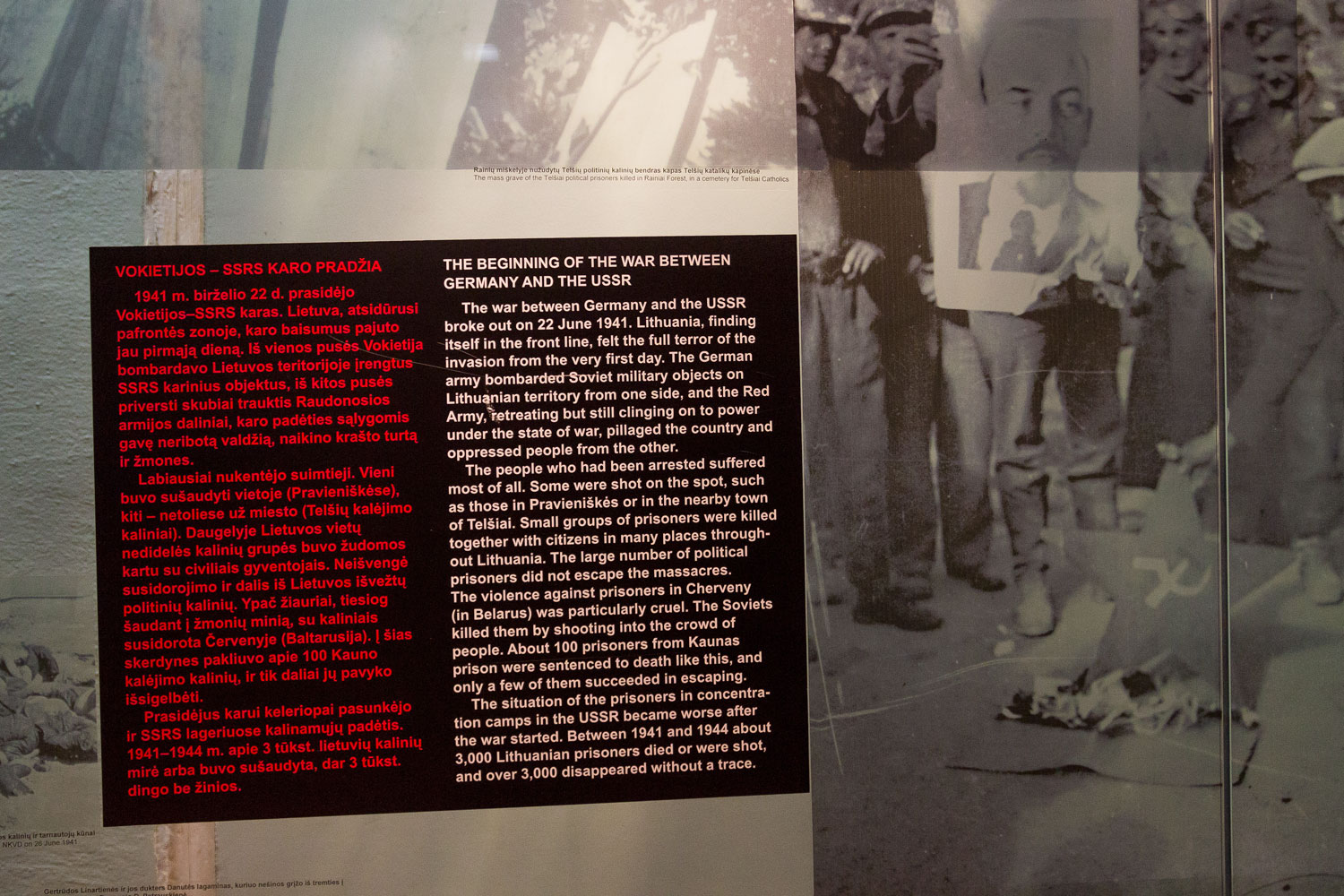
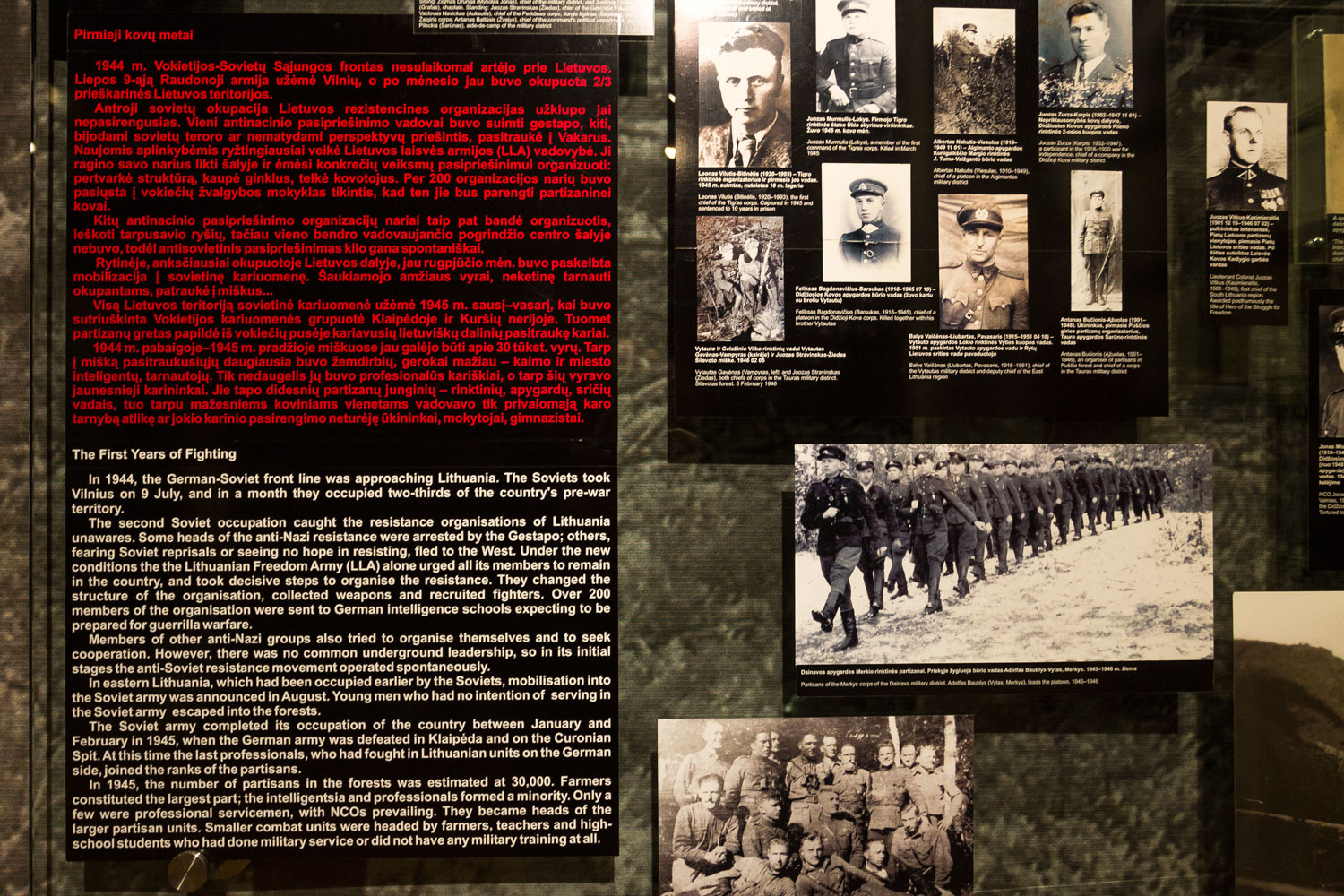
There are a lot of exhibits in the museum. It is the richest museum of all. However, the greatest attention is paid to Lithuanian partisans, the so-called nationalist group “Forest Brothers,” who operated from 1940 to 1957.
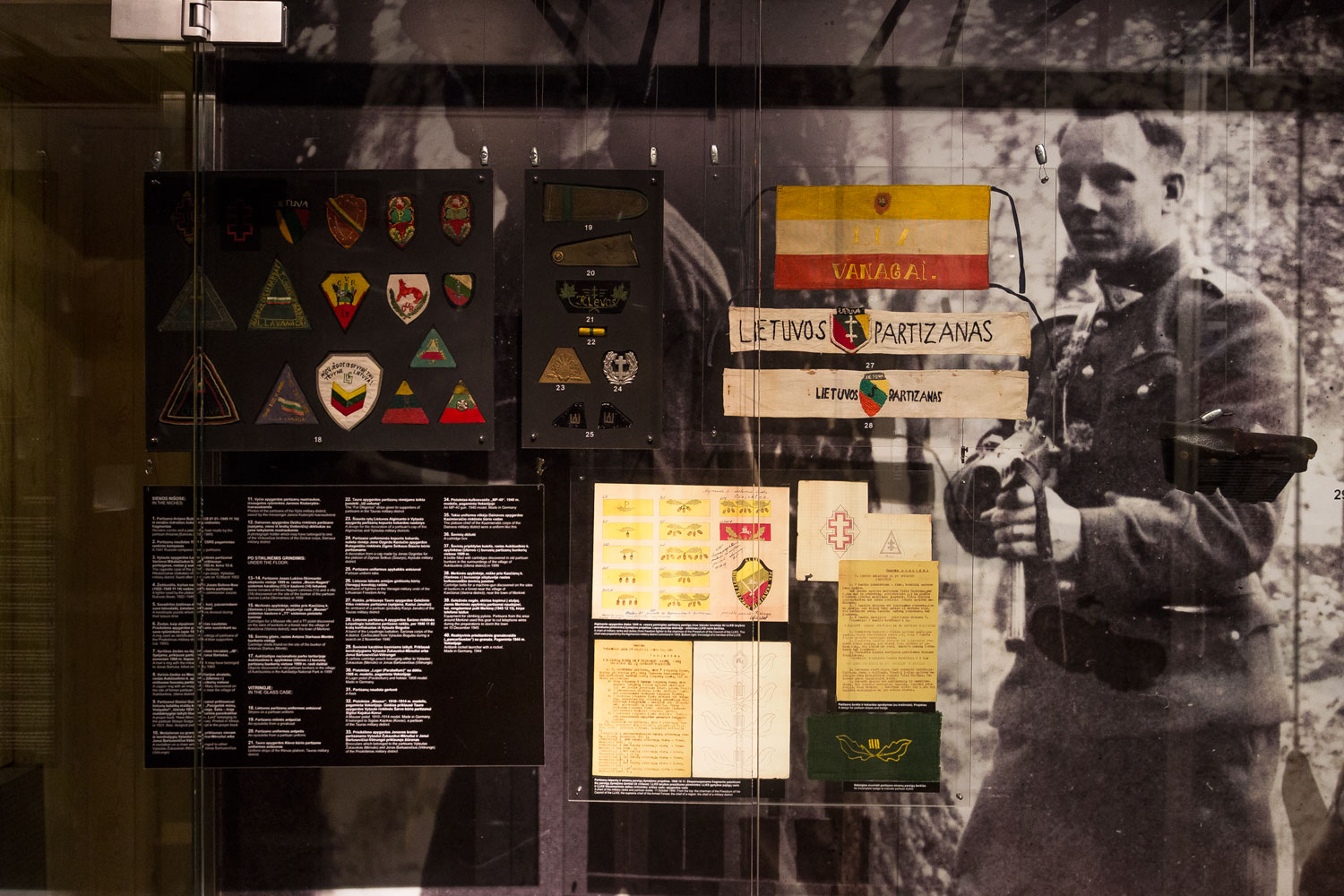
The Forest Brothers existed in Latvia and Estonia as well, but it was in Lithuania that this group reached its highest development. This is not the most well-known page of history. There is very little reliable data available. For example, the Izvestia newspaper of the CPSU Central Committee from 1990 claims that the Lithuanian partisans killed 23,000 peaceful Lithuanian citizens, including women, children, and Jews.
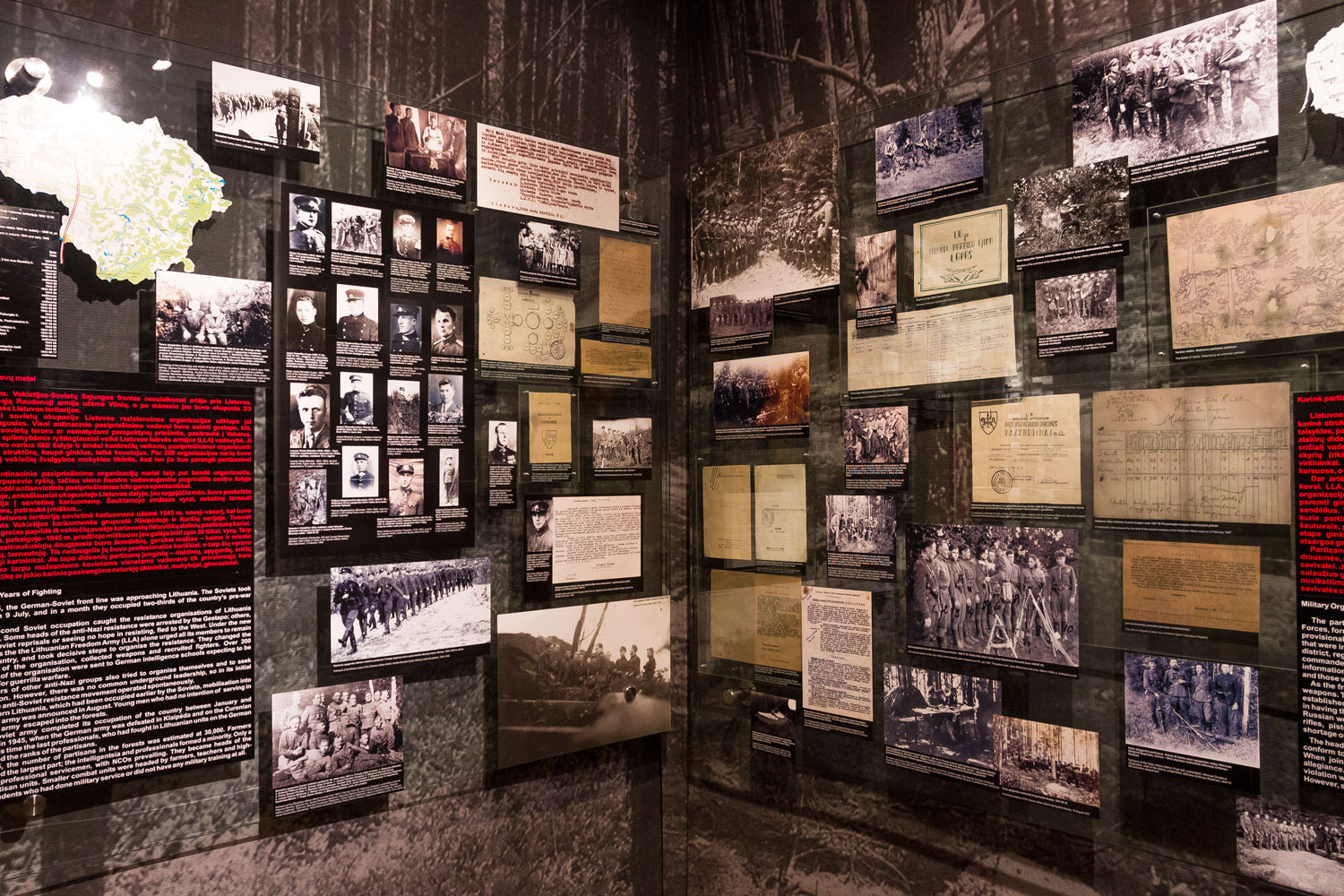
Foreign sources somehow avoid this topic, only mentioning 13,000 Soviet military personnel and only 2,500 civilians. They also claim that Lithuanian partisans received weapons from British, Swedish, and American intelligence.
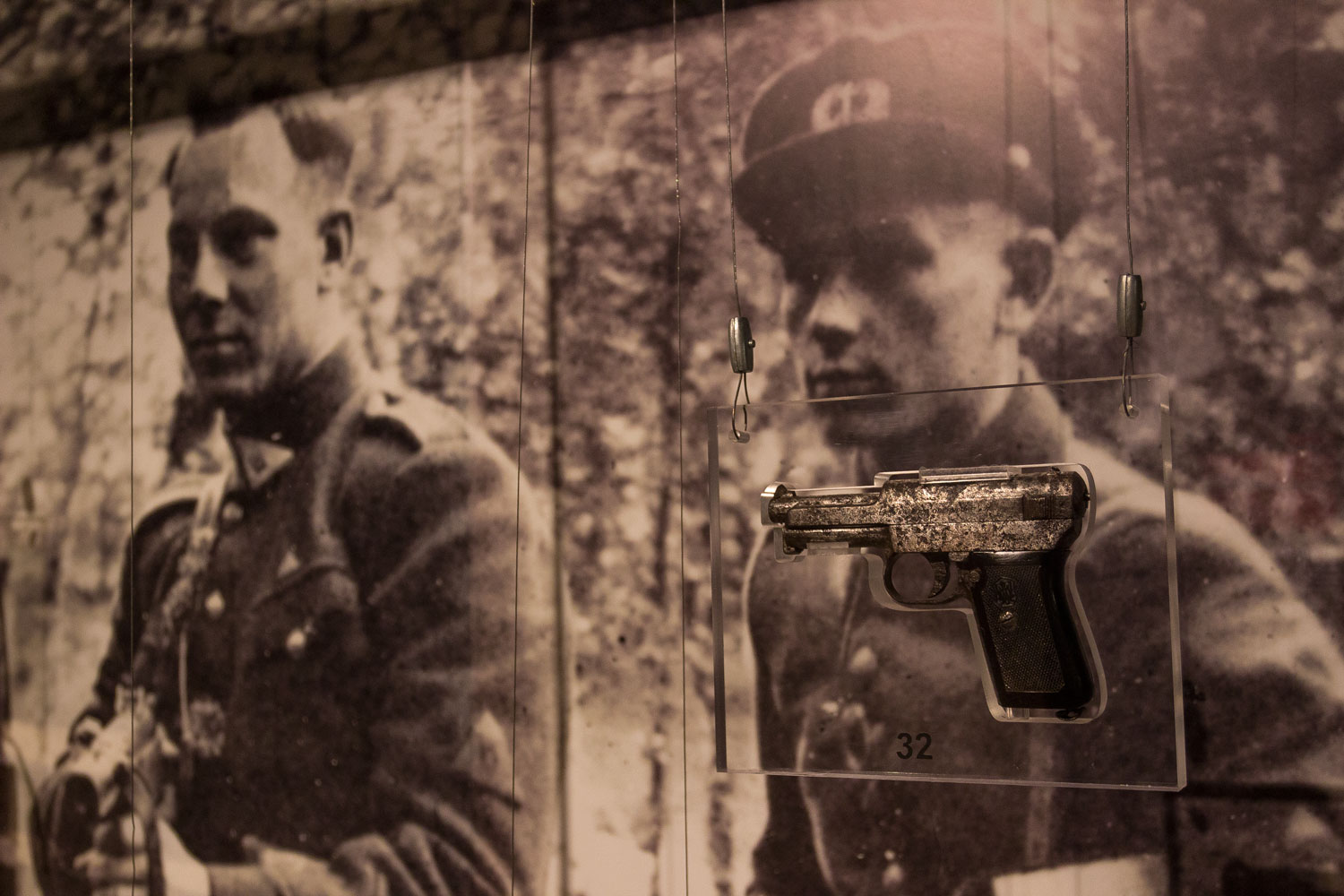
In Lithuania itself, partisans are highly revered and considered national heroes. Half of the stands are dedicated to their heroic struggle against the Bolsheviks using methods similar to those employed by the Bolsheviks themselves.
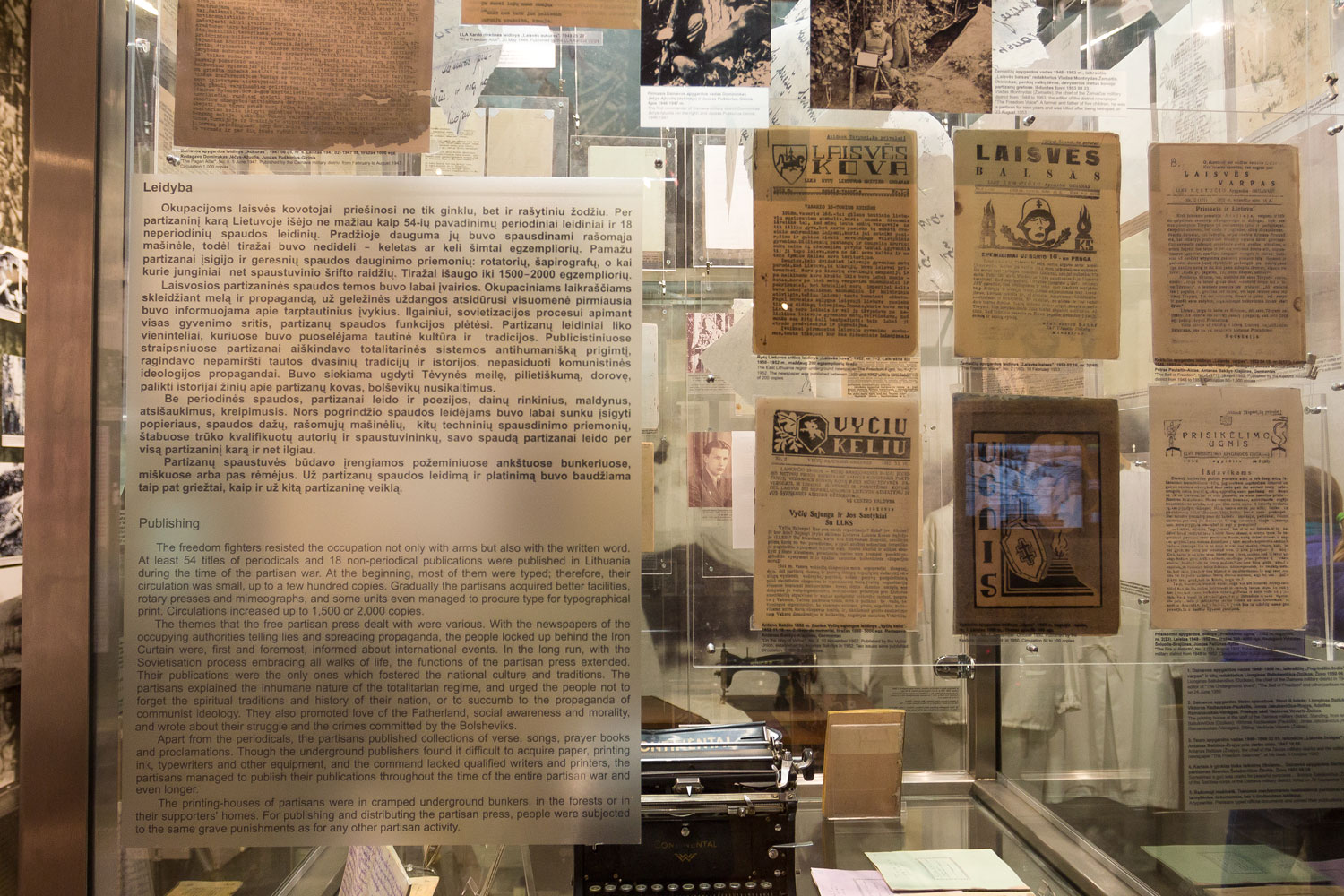
Certainly, the Soviet authorities arrested and repressed a significant number of Lithuanians. The museum and foreign sources provide utterly staggering figures, with claims of 200,000 arrests, 130,000 deportations, and 50,000 deaths, not including 25,000 partisans.

The same source, Izvestia of the CPSU Central Committee, mentions 70,000 displaced individuals in just two years. They justify it by claiming that in the context of a fierce struggle, everyone had to be evicted indiscriminately. However, they argue that the partisans emerged victorious. They write: “After Stalin’s death, thousands of Lithuanians, including those wrongfully convicted, returned. The suppressed pain and resentment erupted in the noise of demonstrations. All of this can be understood.”
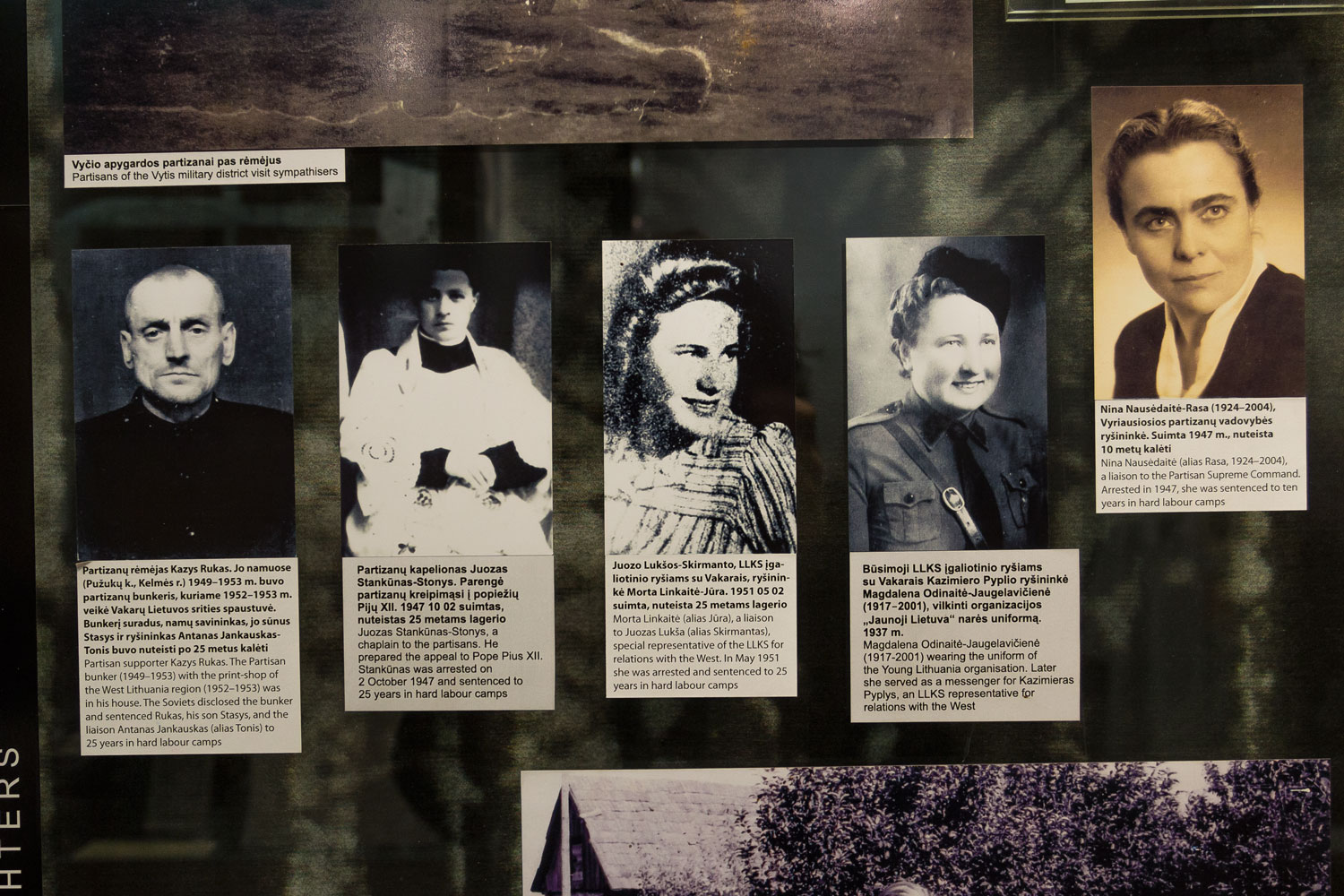
It is simply impossible to understand what was actually happening during those years. It’s too complex a subject for non-historians.
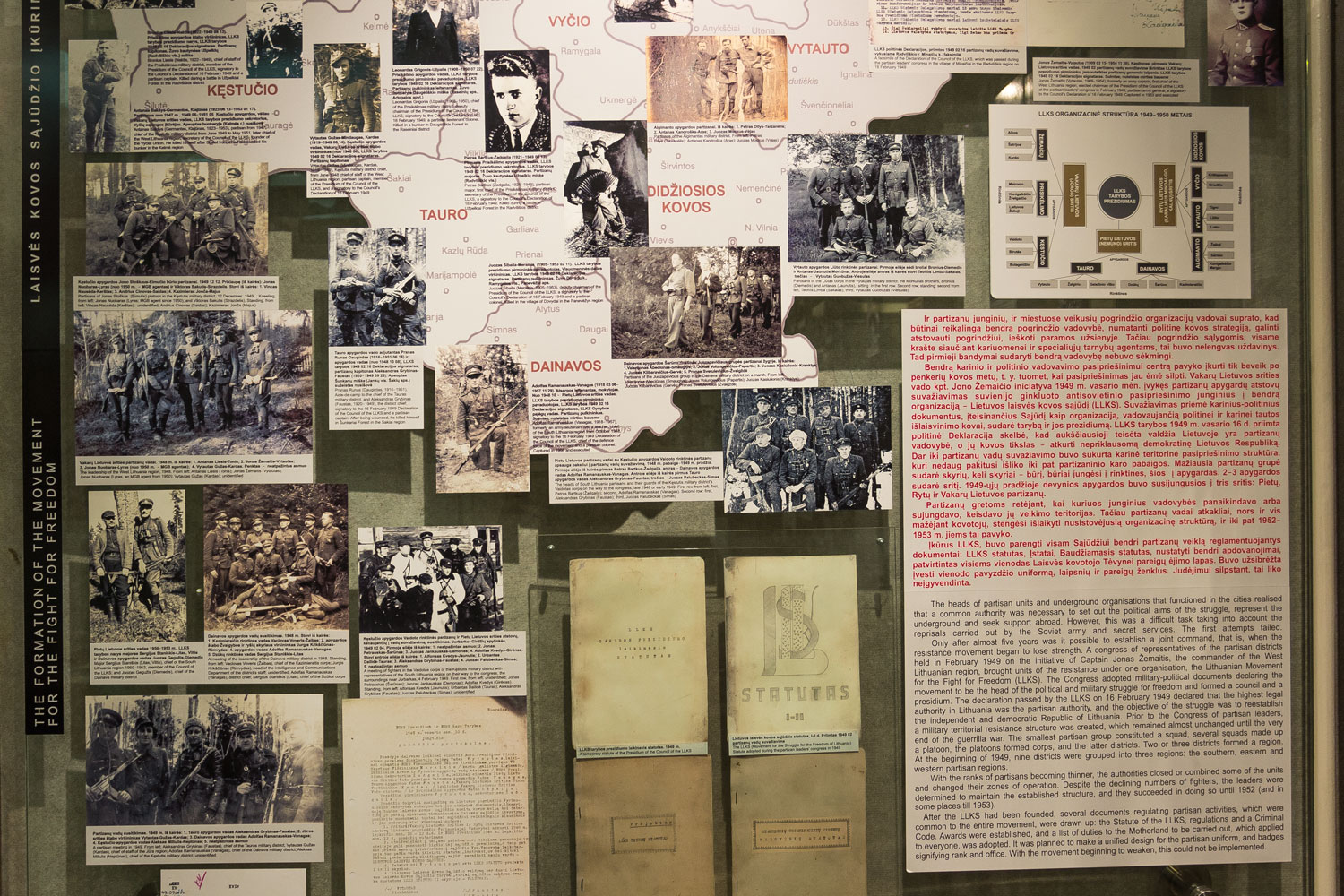
Robes.

Samples of partisan press. They drew excellent cartoons.
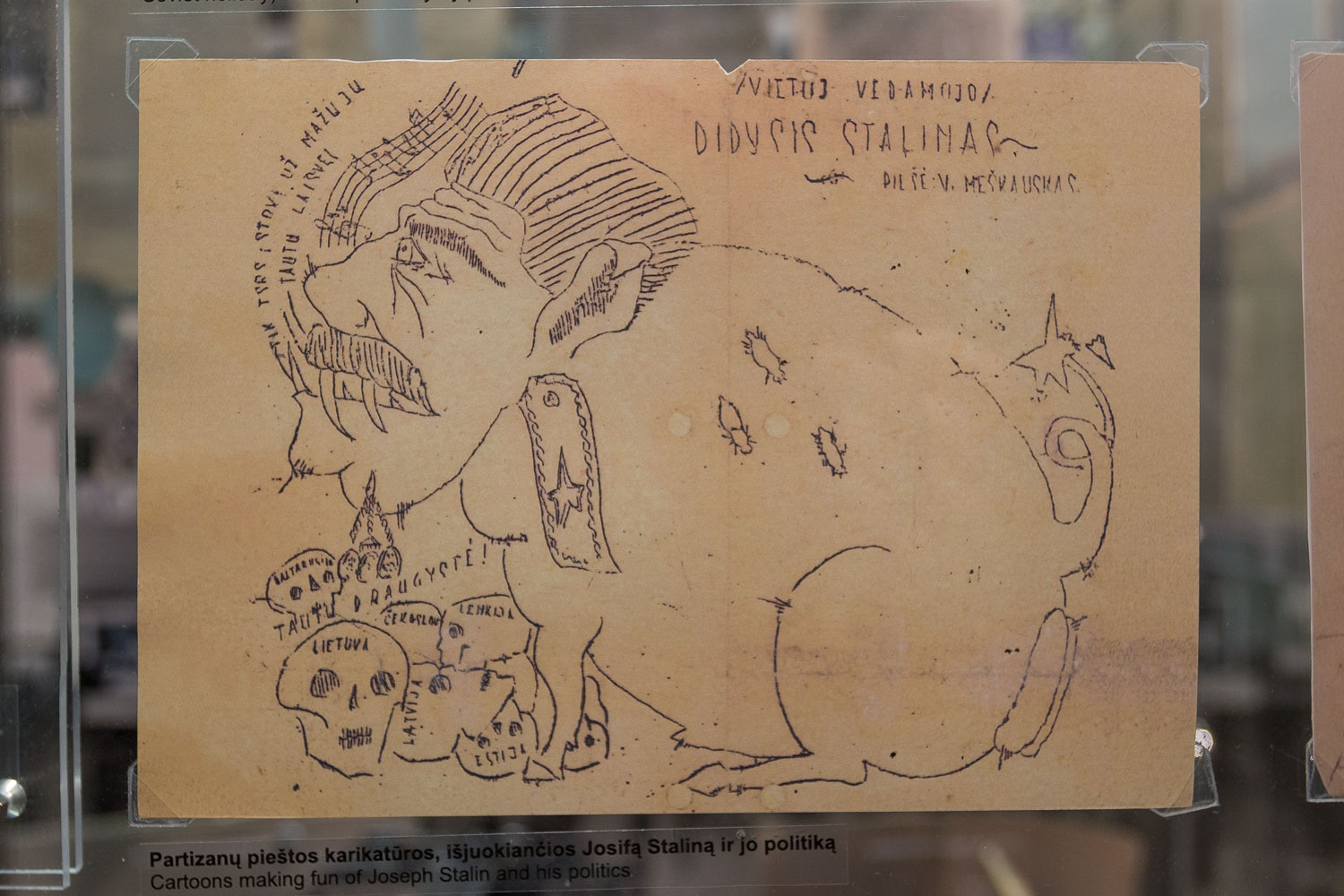

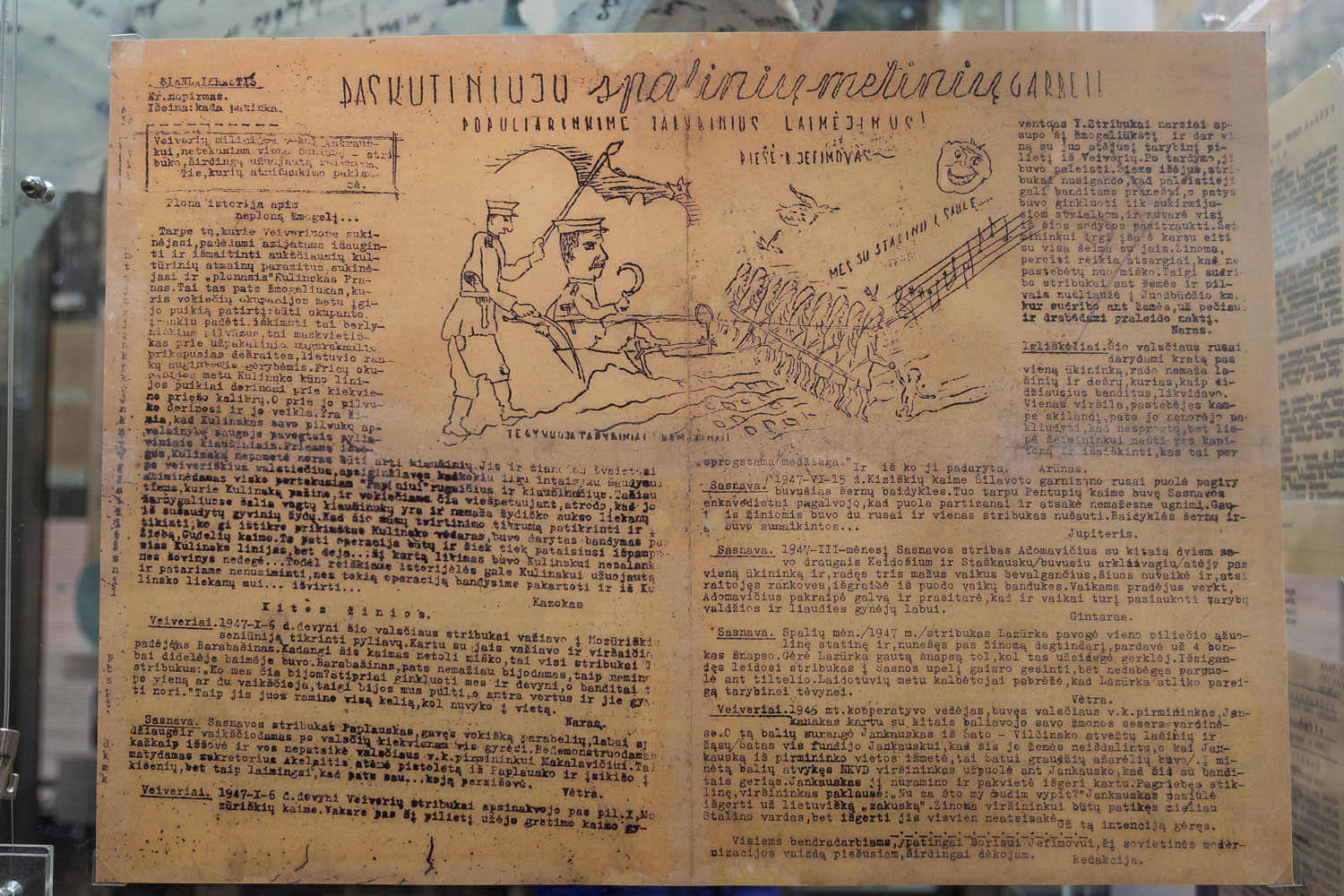
Wall newspapers of wartime.
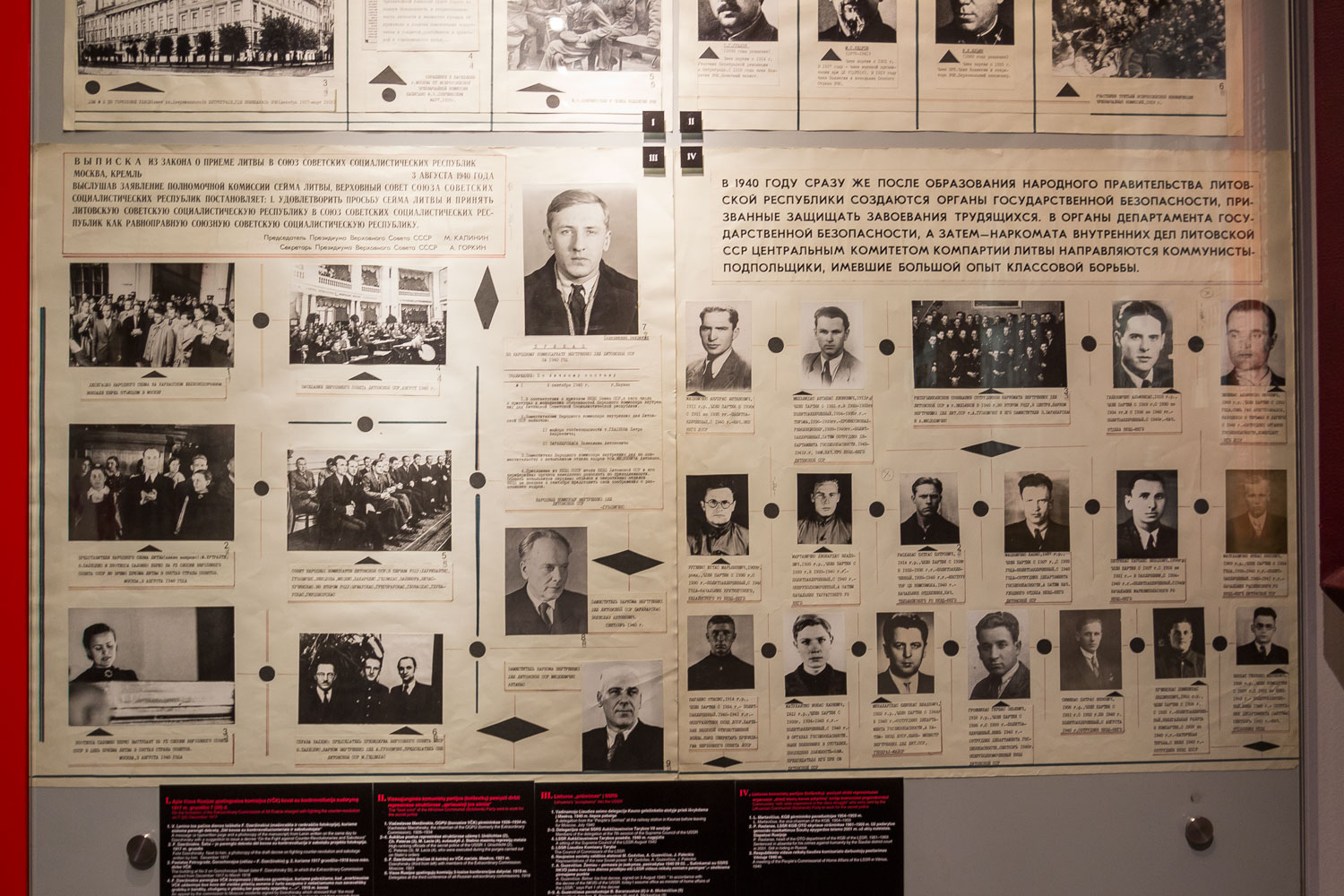
Oath of a Chekist.
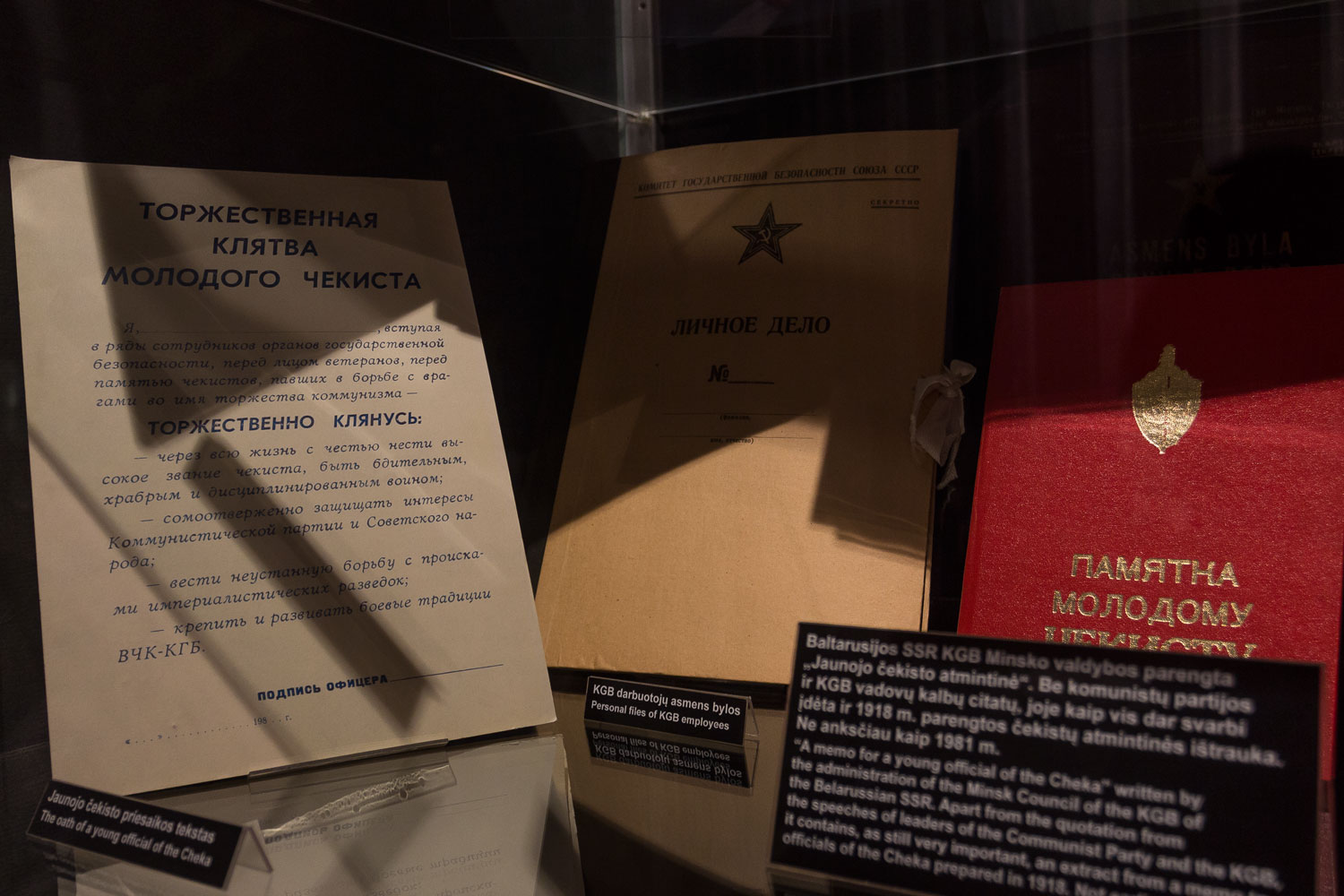
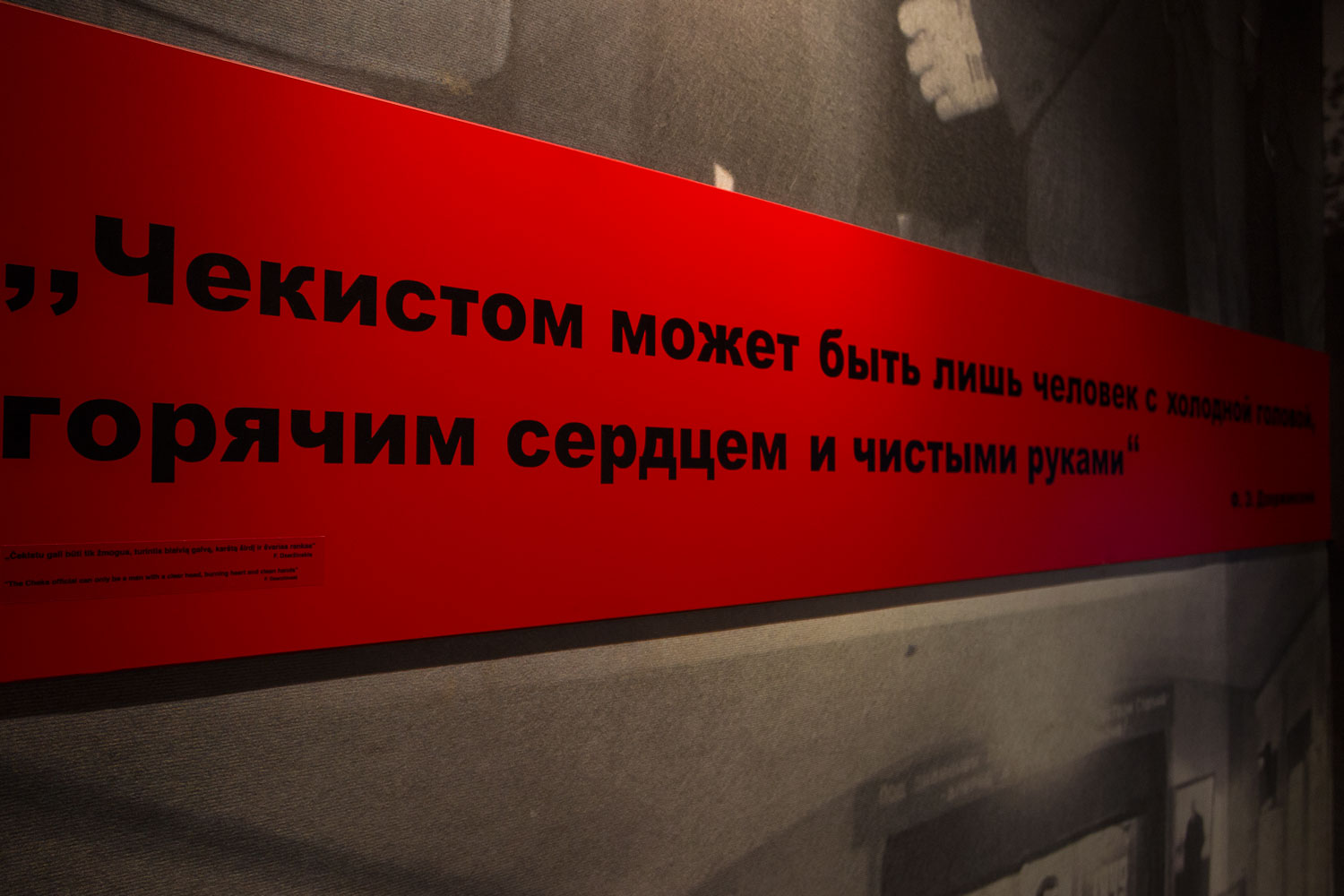
So, the museum is located in the former KGB building. And that means there are offices of Soviet Chekists here with lots of equipment and smoke-stained windows.
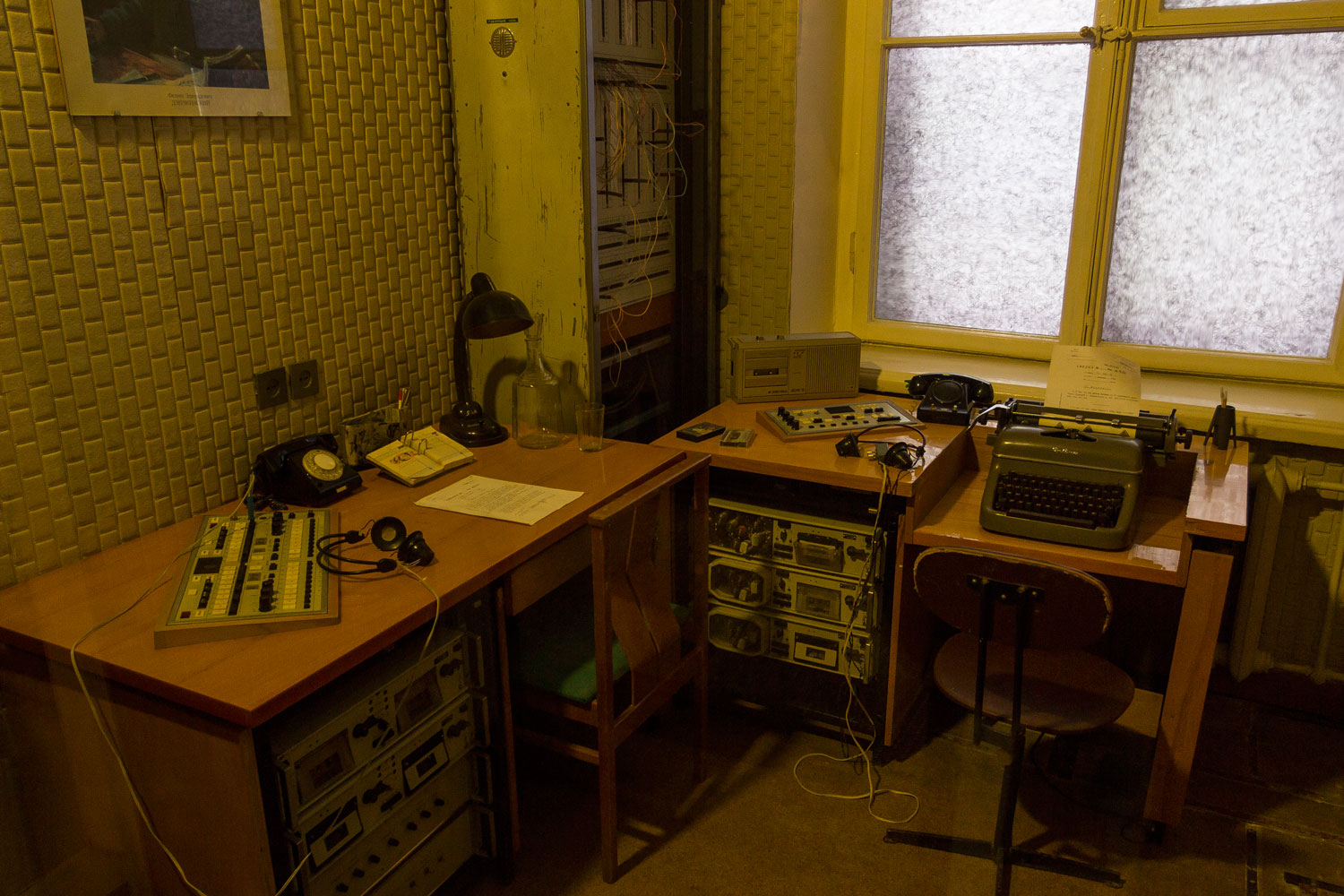
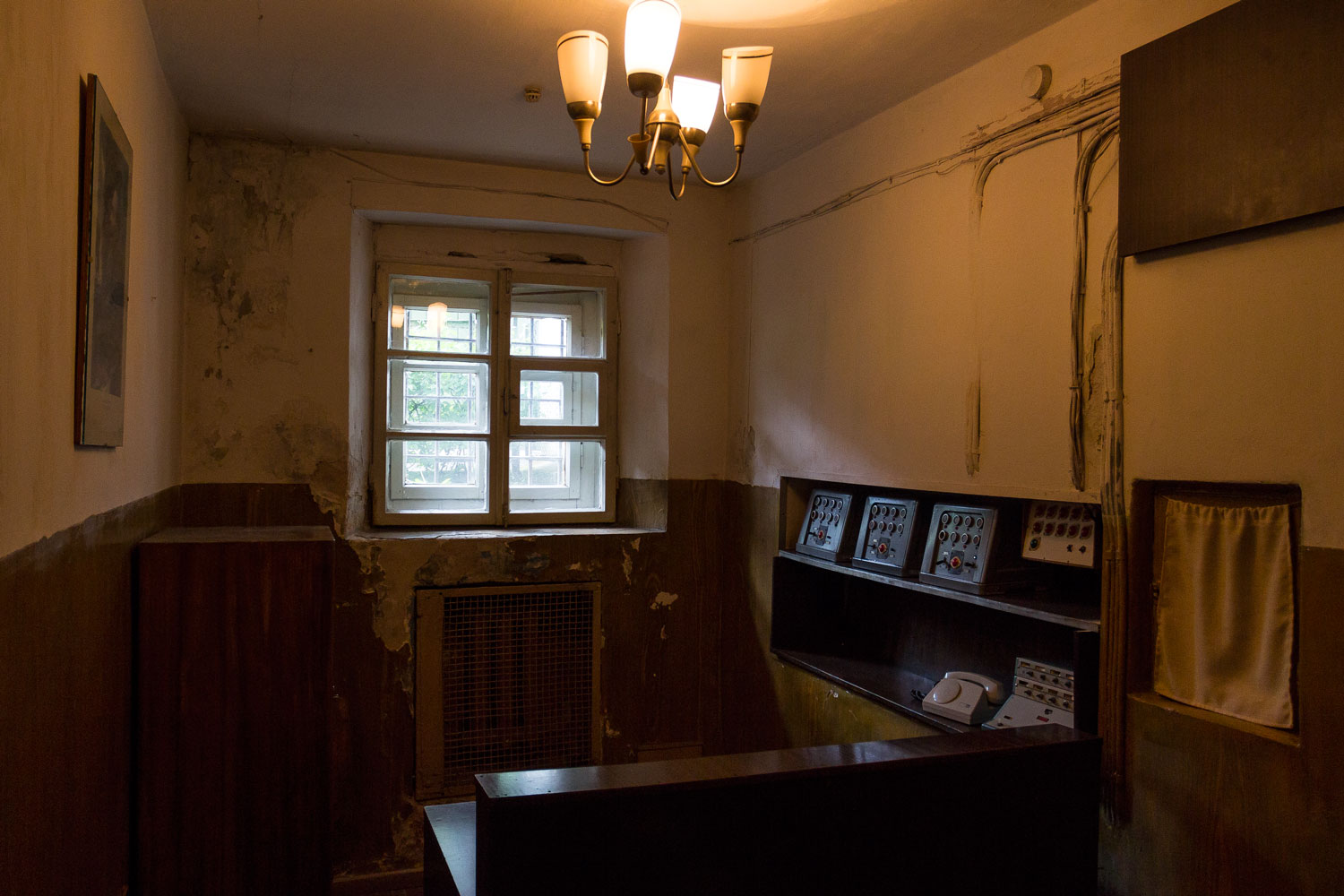
And that means there are prison cells here.
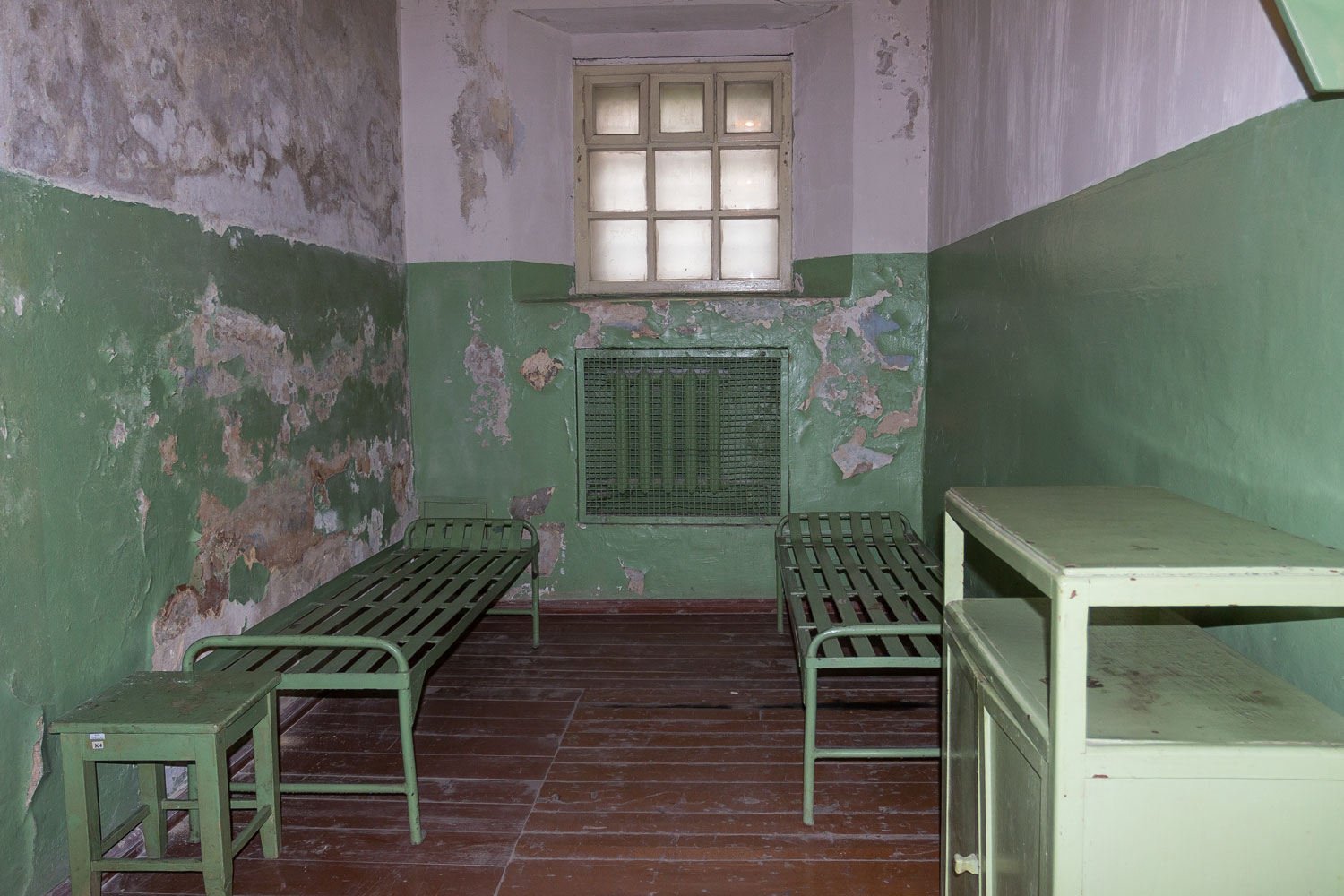
Real concrete boxes with toilets in the floor.
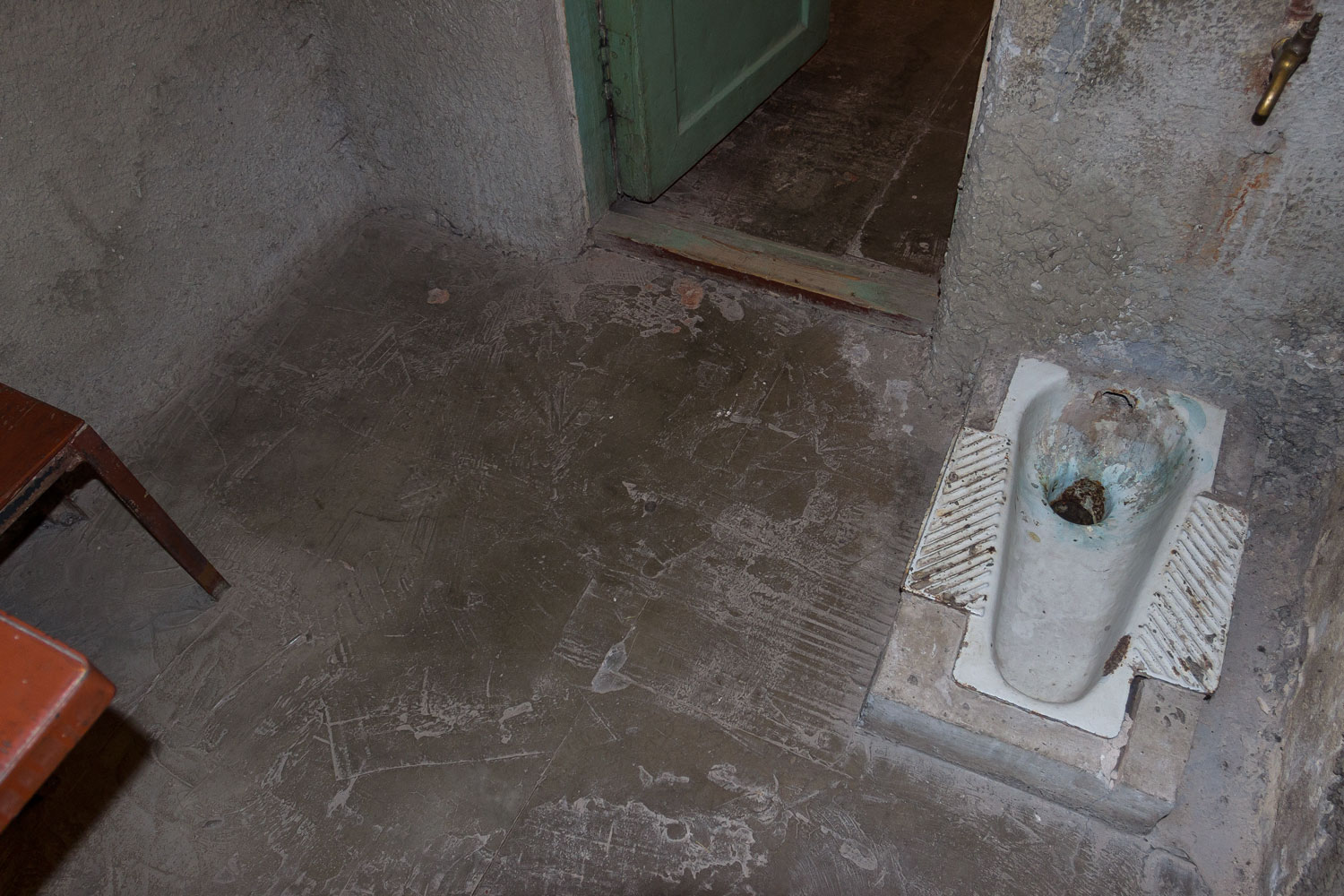
Shared toilet.
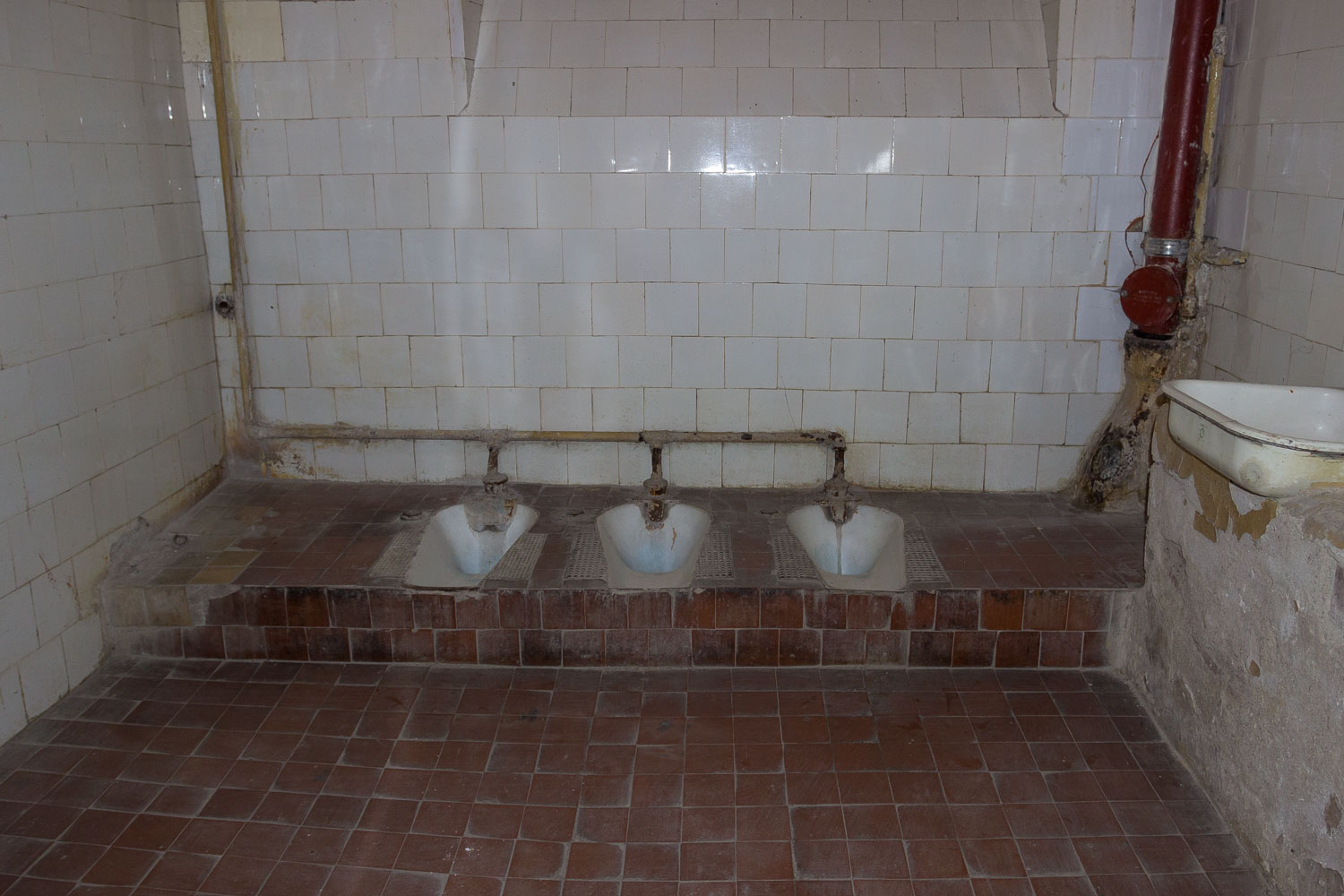
Solitary confinement cells.
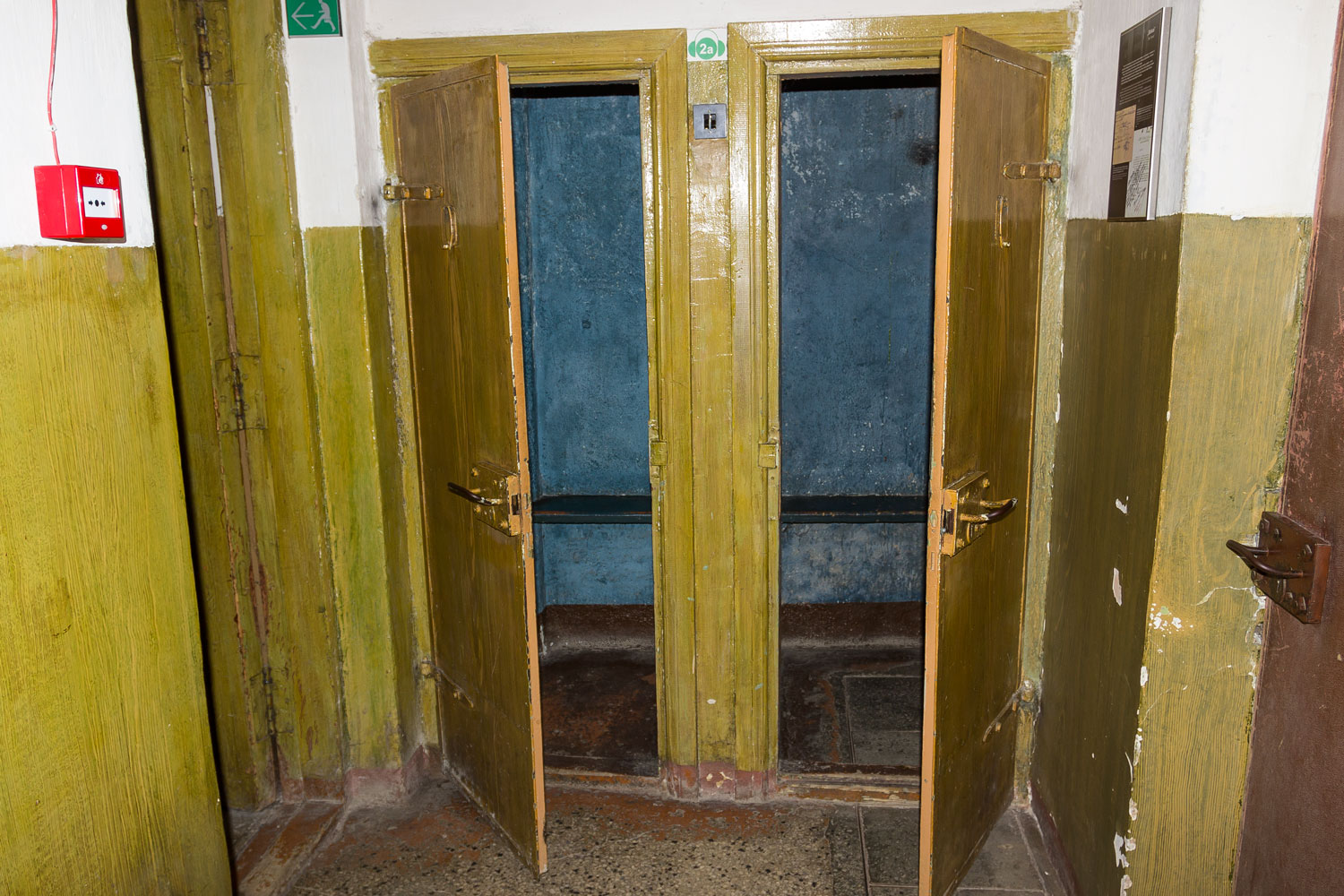
Hallways.

Pacifying room with a straitjacket.
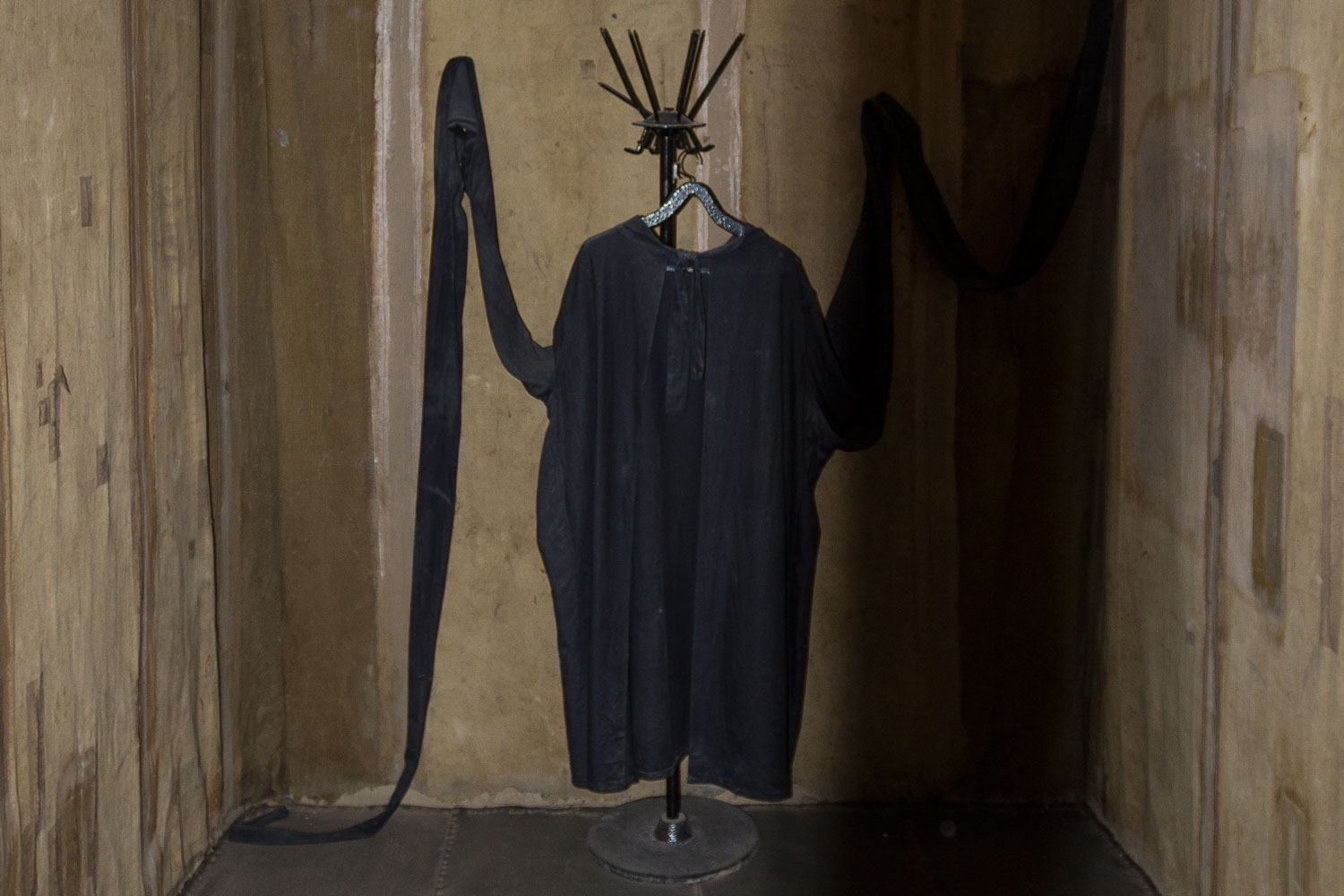
A veritable torture chamber. In order to enhance discipline, a person was placed here and the room was filled with icy water, leaving only a small sloping island in the corner on which the prisoner could balance. If they couldn’t hold on, they would fall into the water.
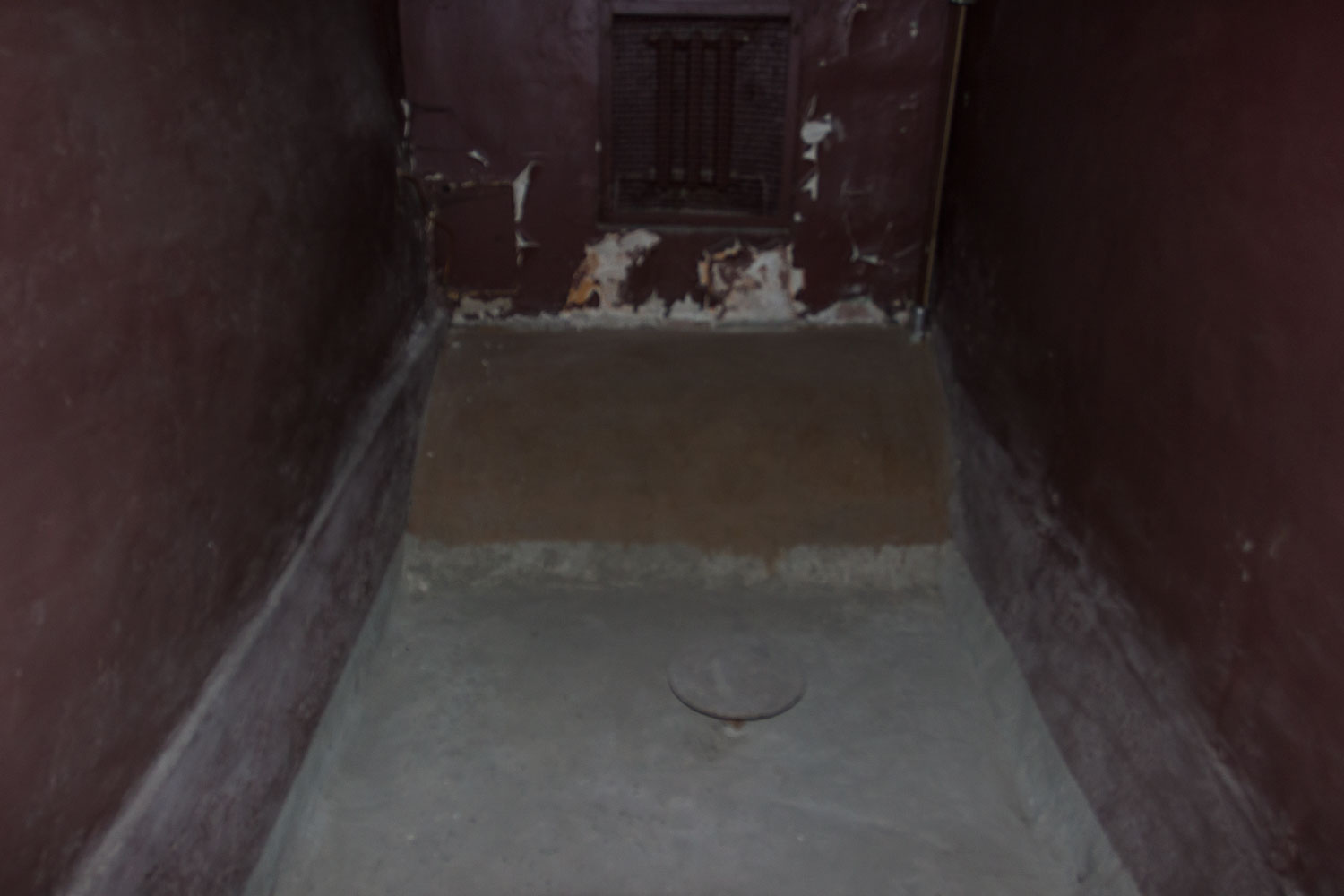
After I left the museum, I learned that there is another even lower basement floor where a visitable execution room is open, with bullet holes in the walls. Unfortunately, I didn’t get to see it.
But in the museum courtyard, a pre-revolutionary hatch was discovered. While I was busy studying this hatch, there was an individual tour taking place nearby for two Russian visitors.

The Lithuanian tour guide was telling incredibly mocking and disgusting things in an incredibly fabricated manner. Here are just a few of his statements:
“The cold shower used to torture prisoners could be observed through the door, but not because the officials were perverts;”
“This is the solitary confinement cell. Initially, there were five locks on the door, but after Stalin’s death, they left three. As they say, life became better, life became more cheerful;”
“I don’t believe in Stalin’s death. Most likely he was poisoned. With mineral water. That contained not only minerals;”
“This is a royal hatch with pre-revolutionary spelling. After the revolution, the Bolsheviks removed several letters from the Russian language and changed the rules. So, not only were they aggressive, but also illiterate.”
Regarding the last point, it would have been advisable to recommend the tour guide to read the proposals for the reform of the Russian language by academician Yakov Grot from as early as 1894... As for the rest, there is nothing more to say.
In general, if the reader happens to be in Vilnius, I recommend visiting the Museum of Genocide Victims of Lithuanians, hiring a tour guide, and recording on a dictaphone. It will provide excellent material as the museum is highly controversial.
